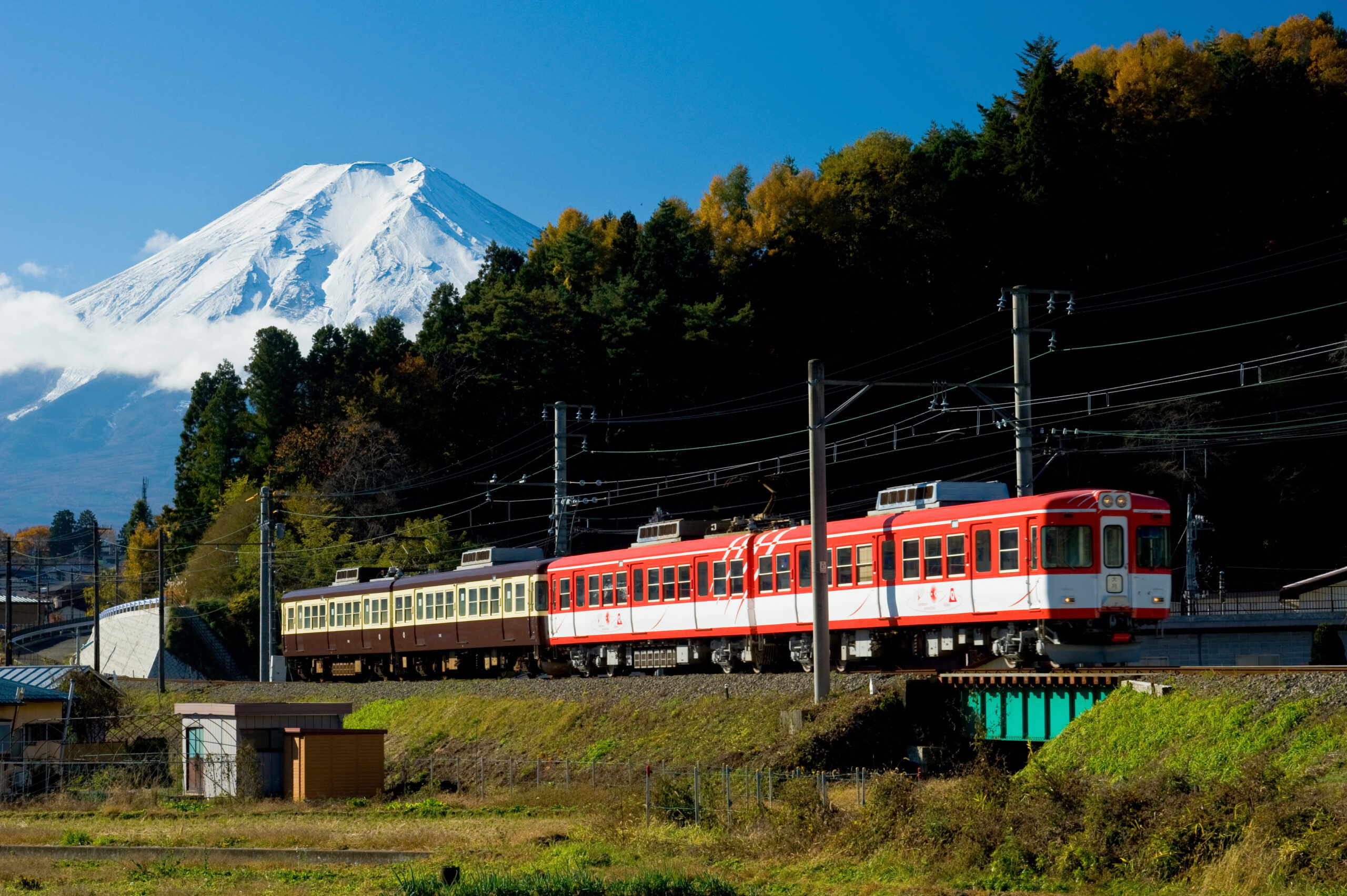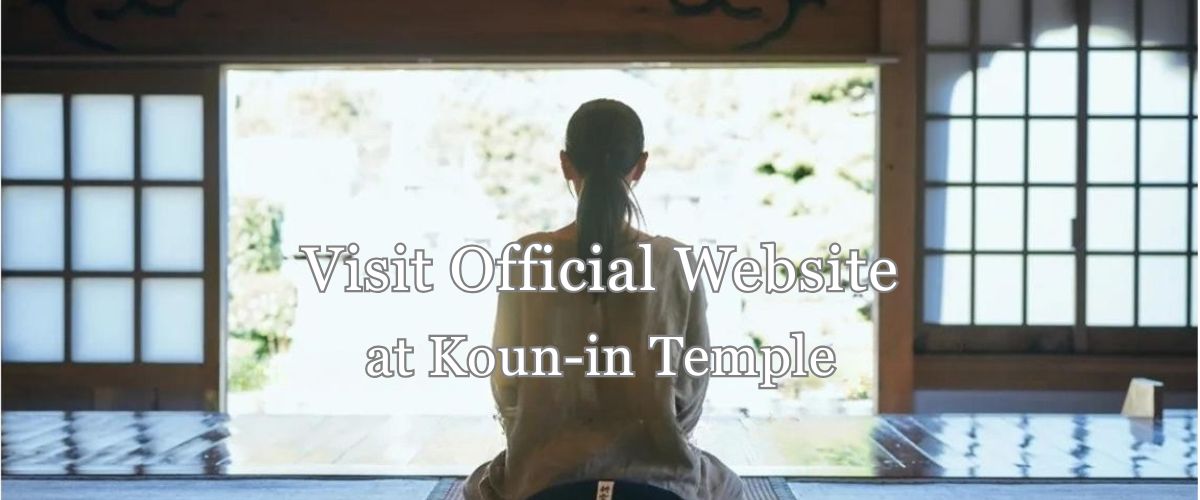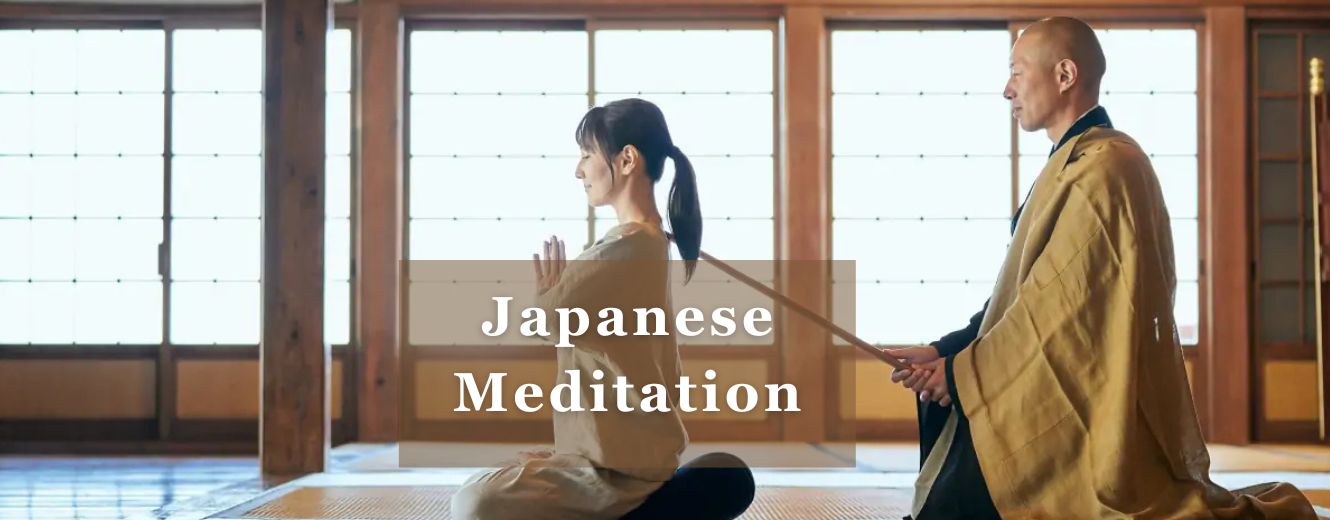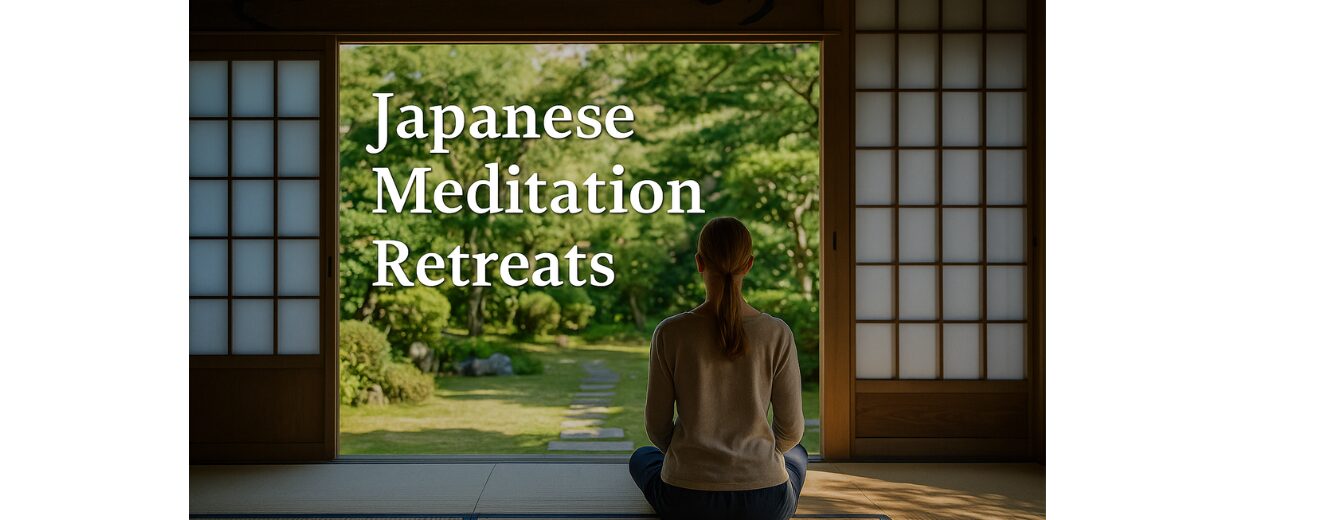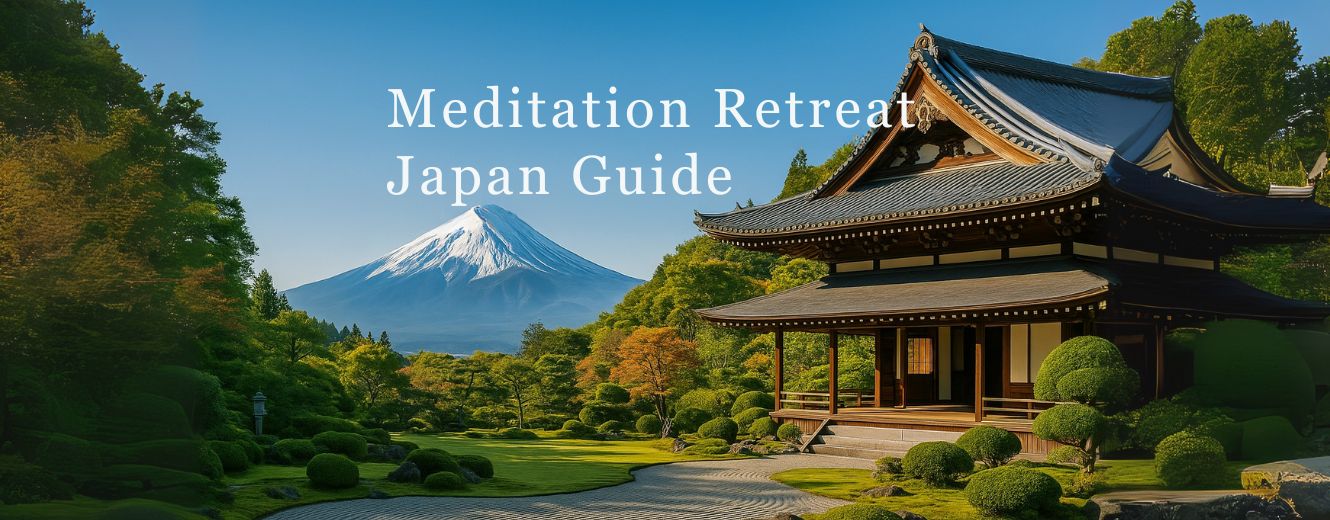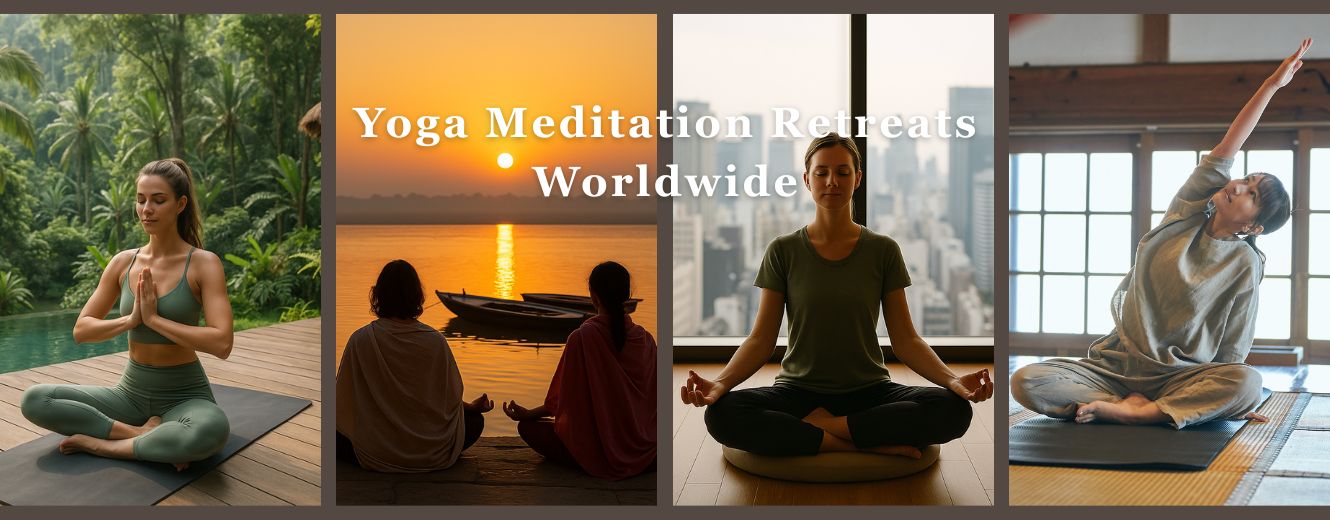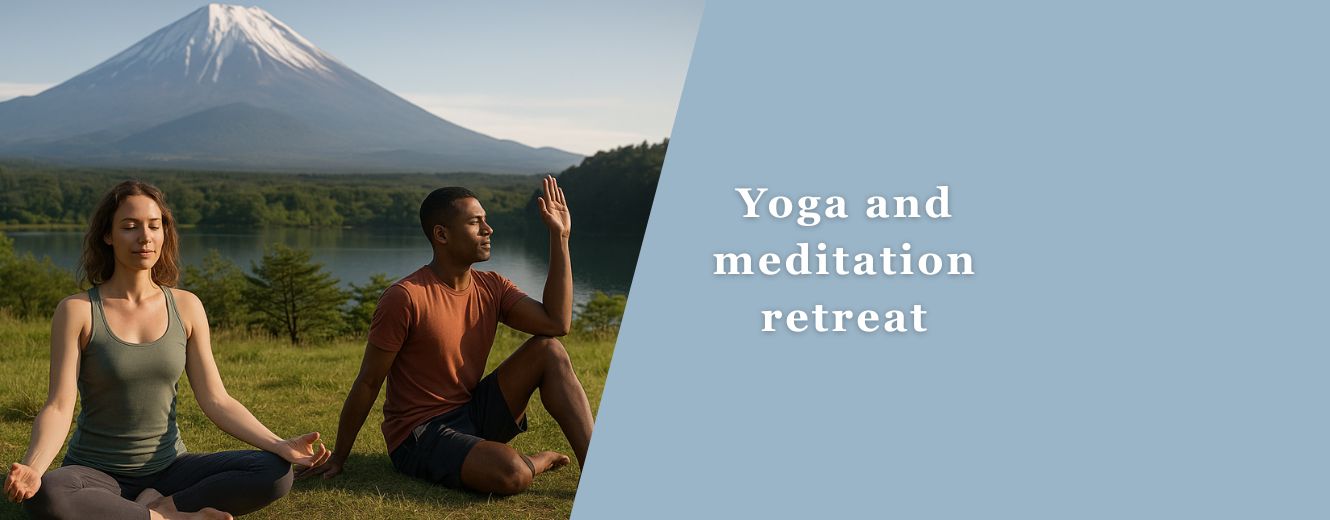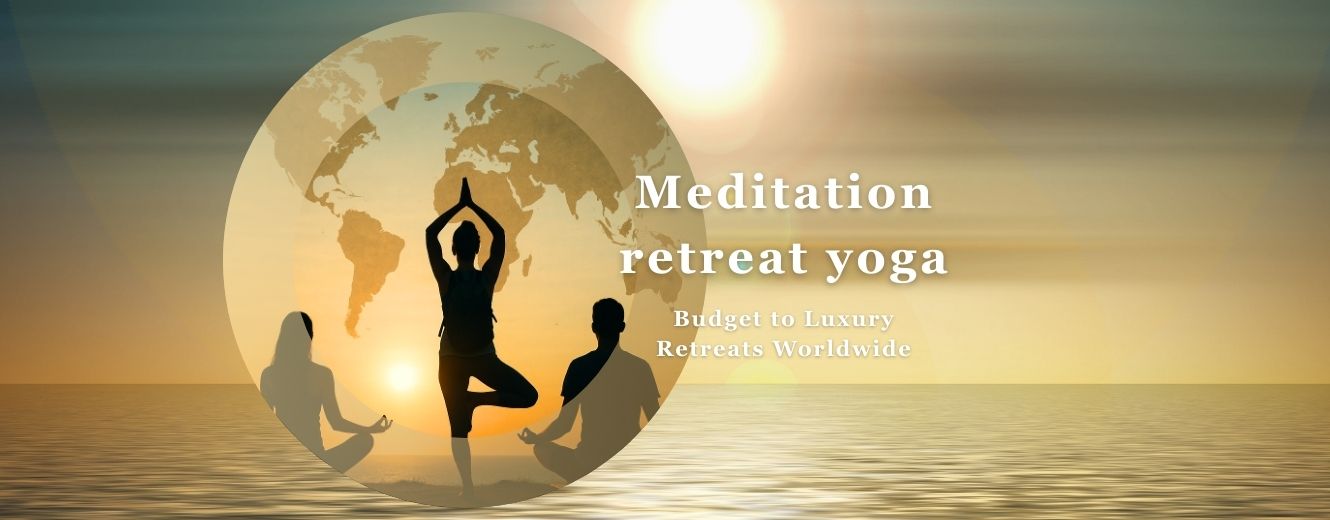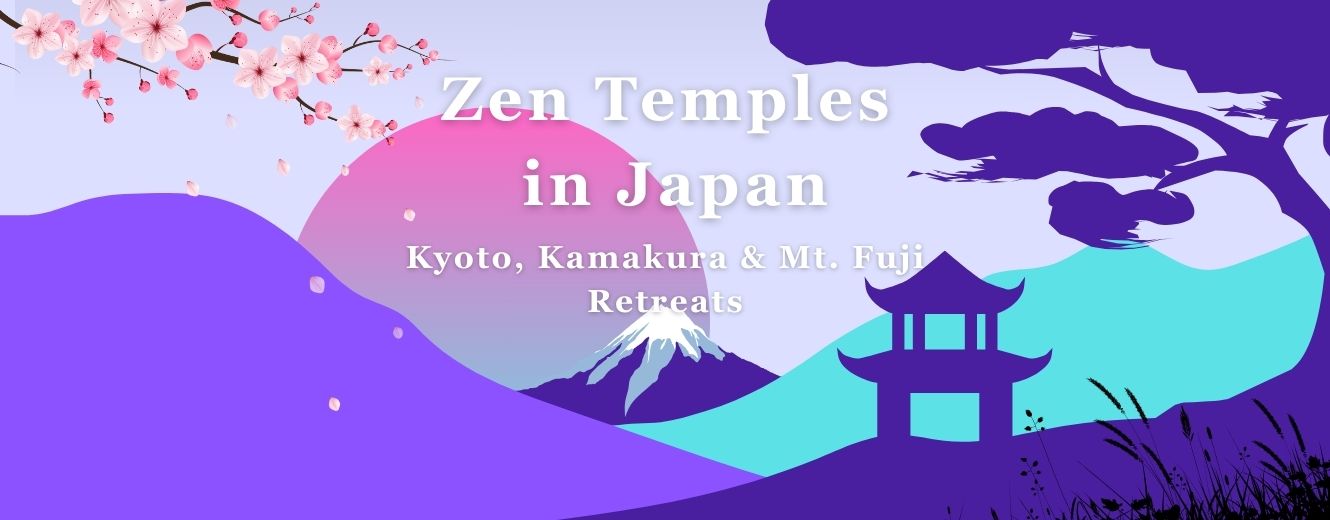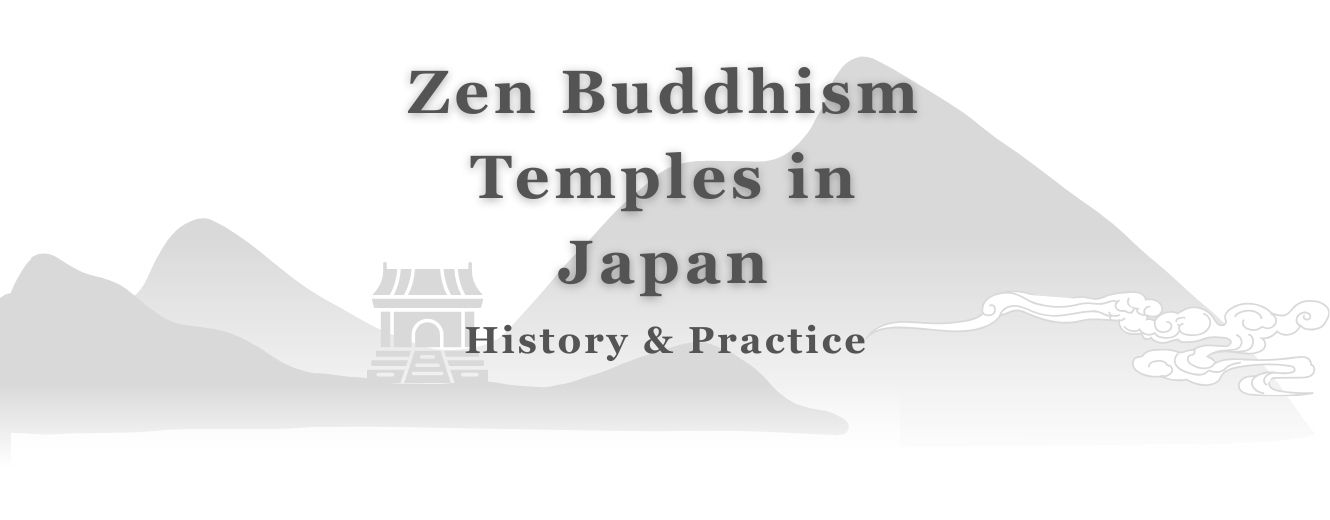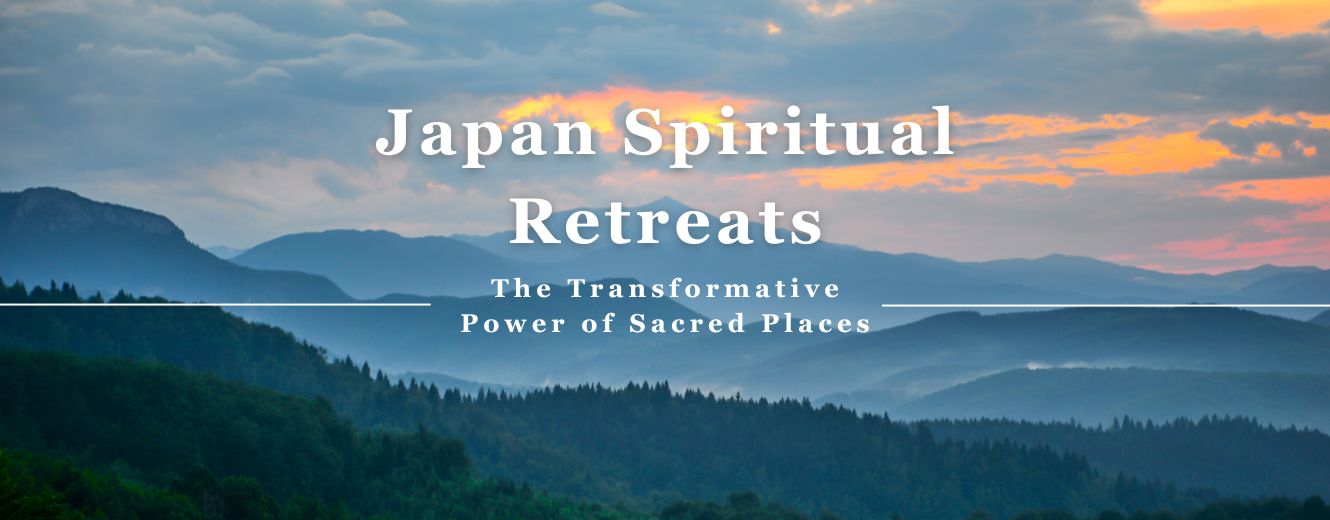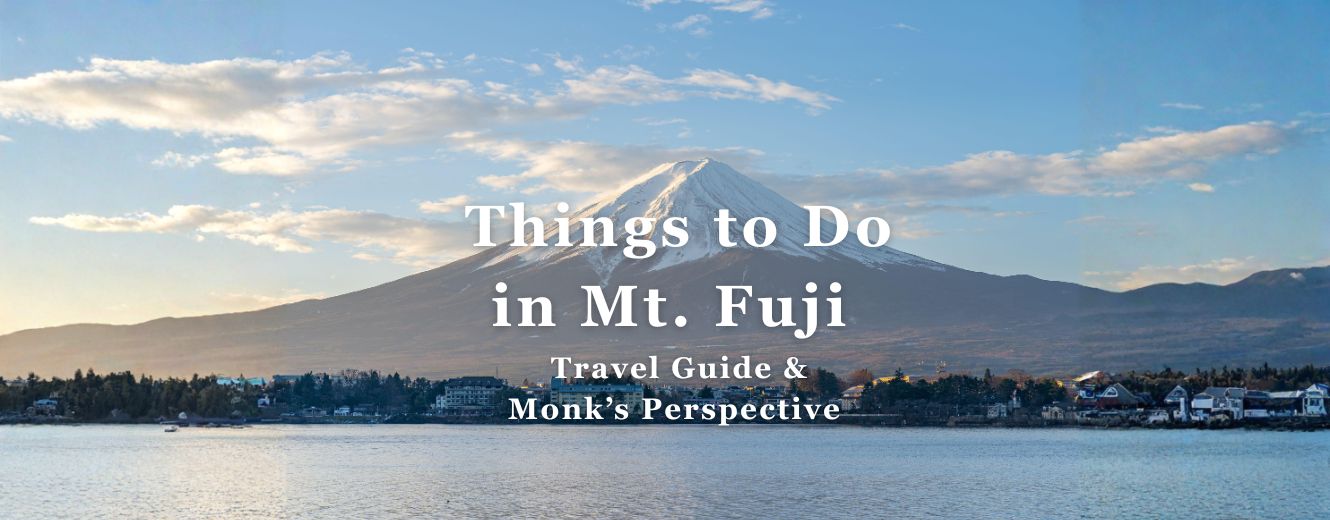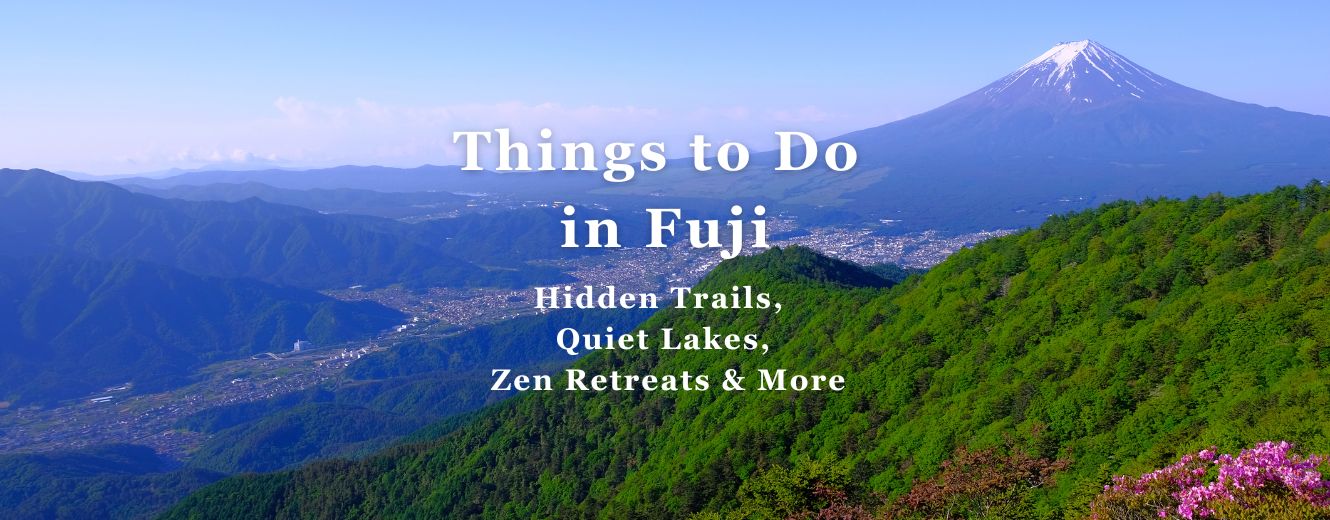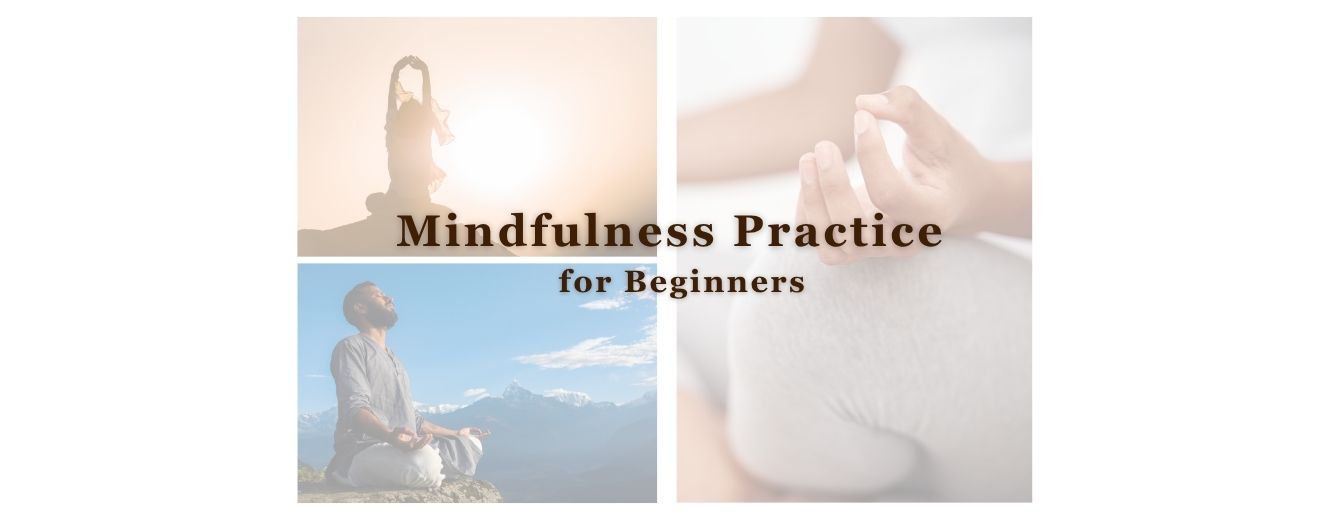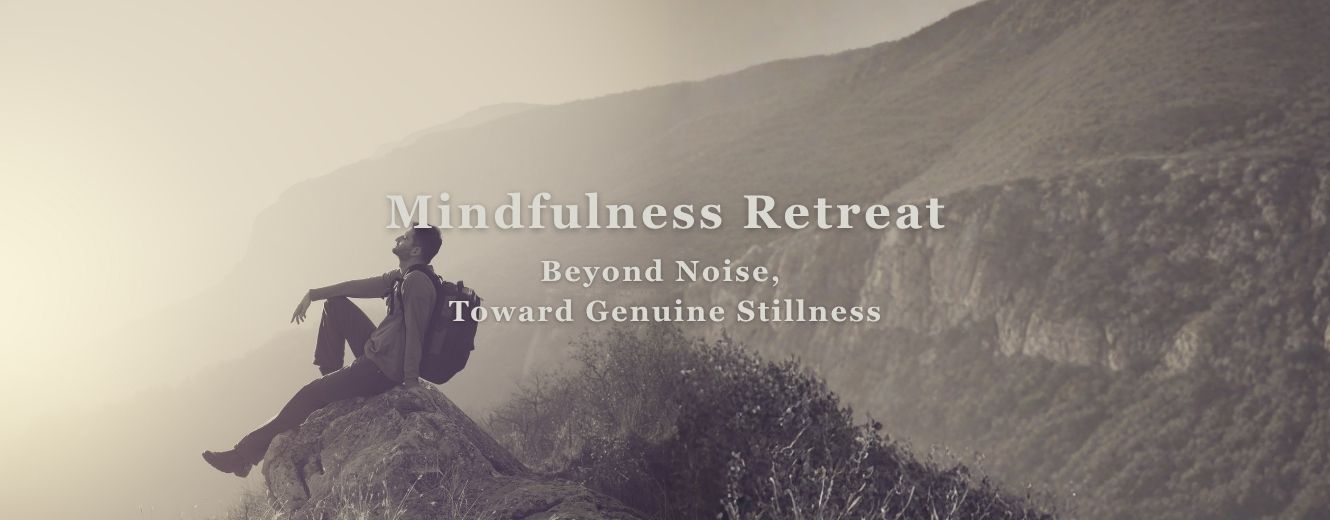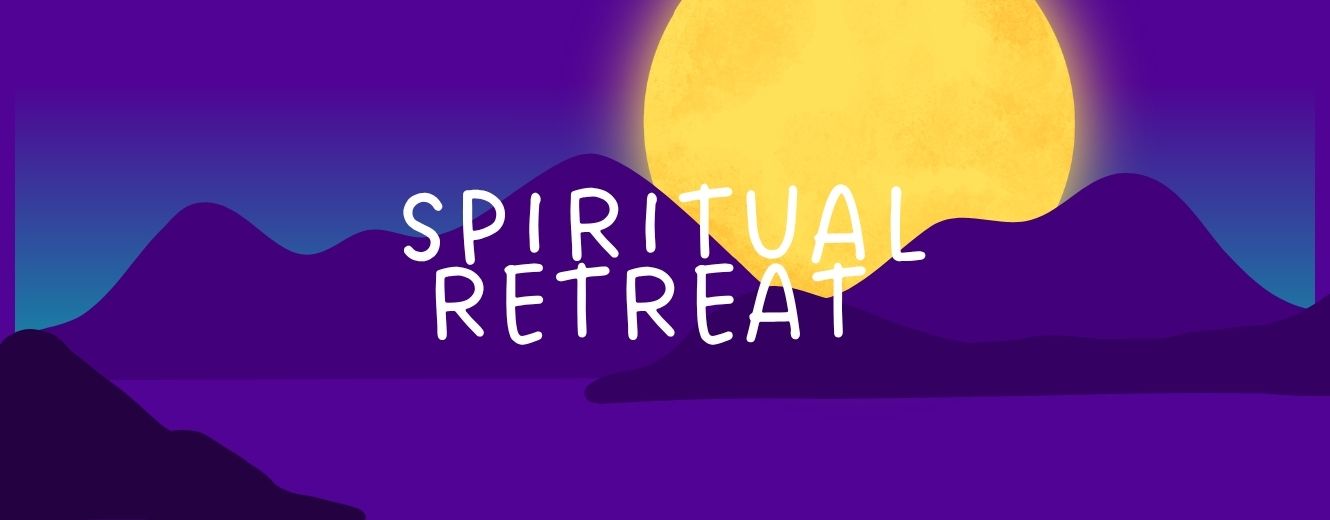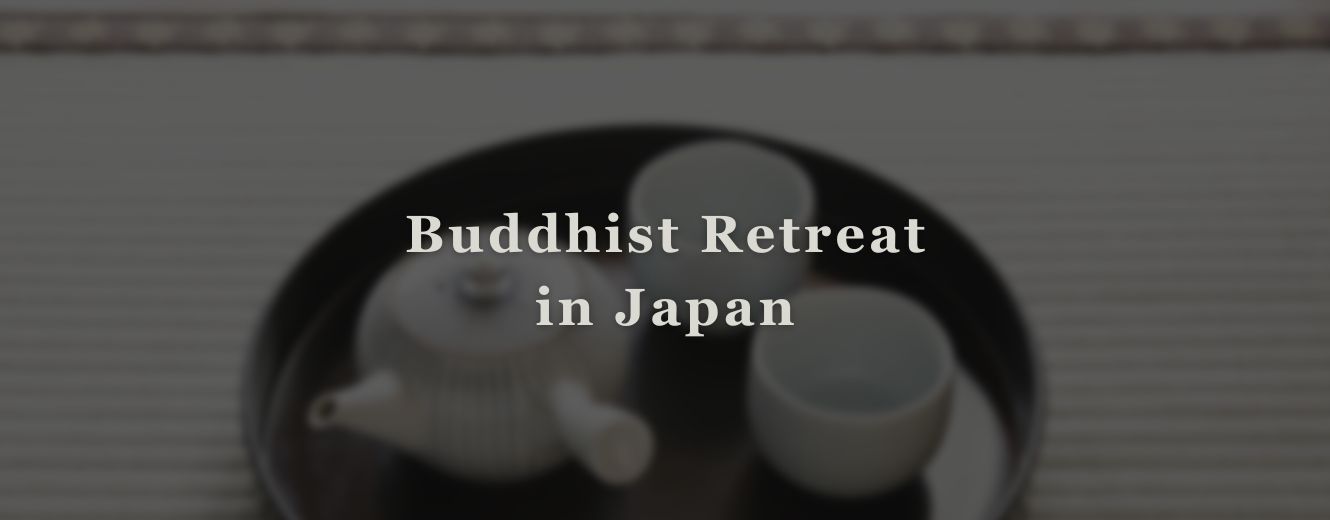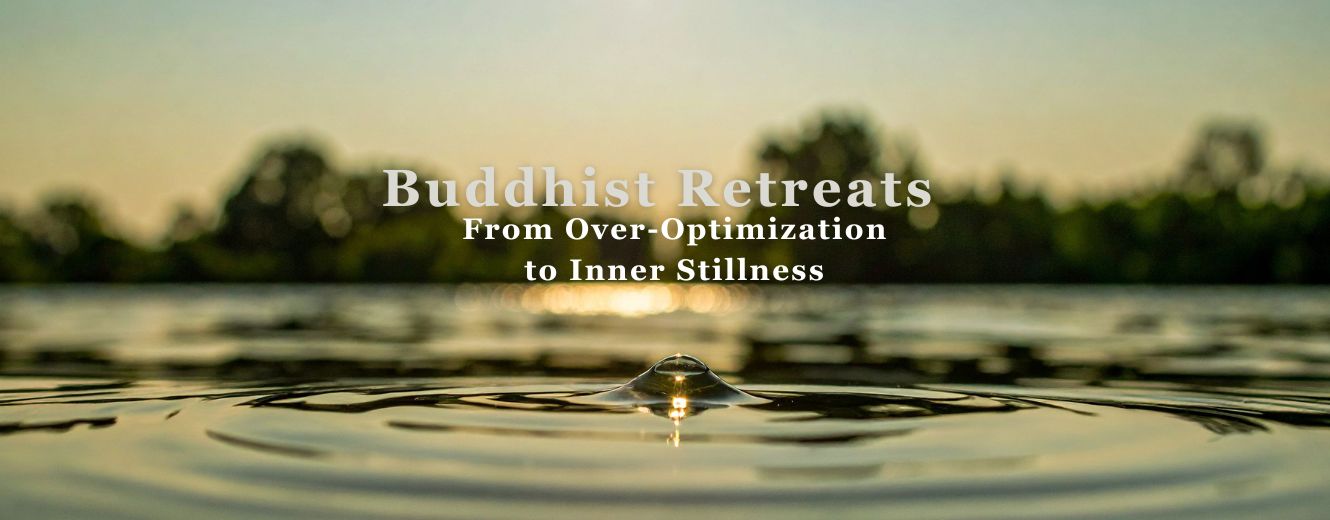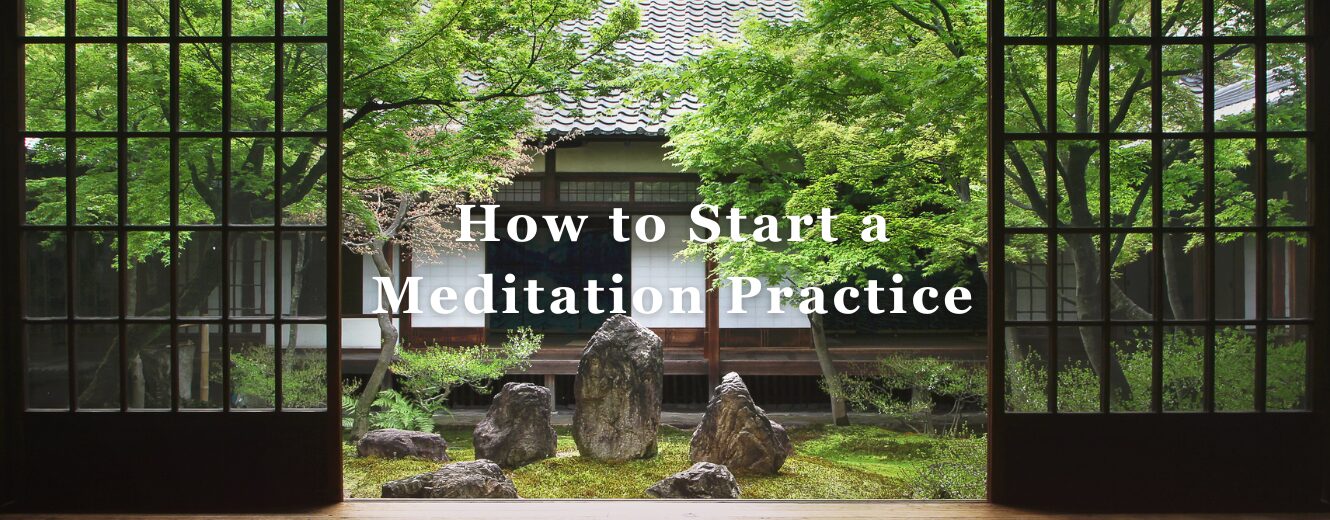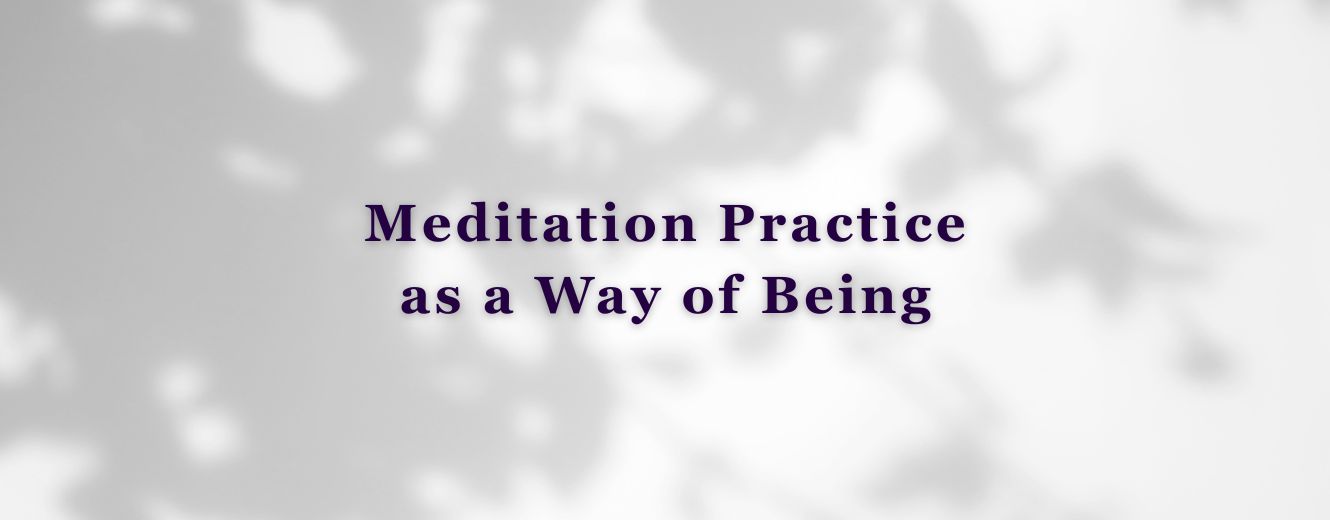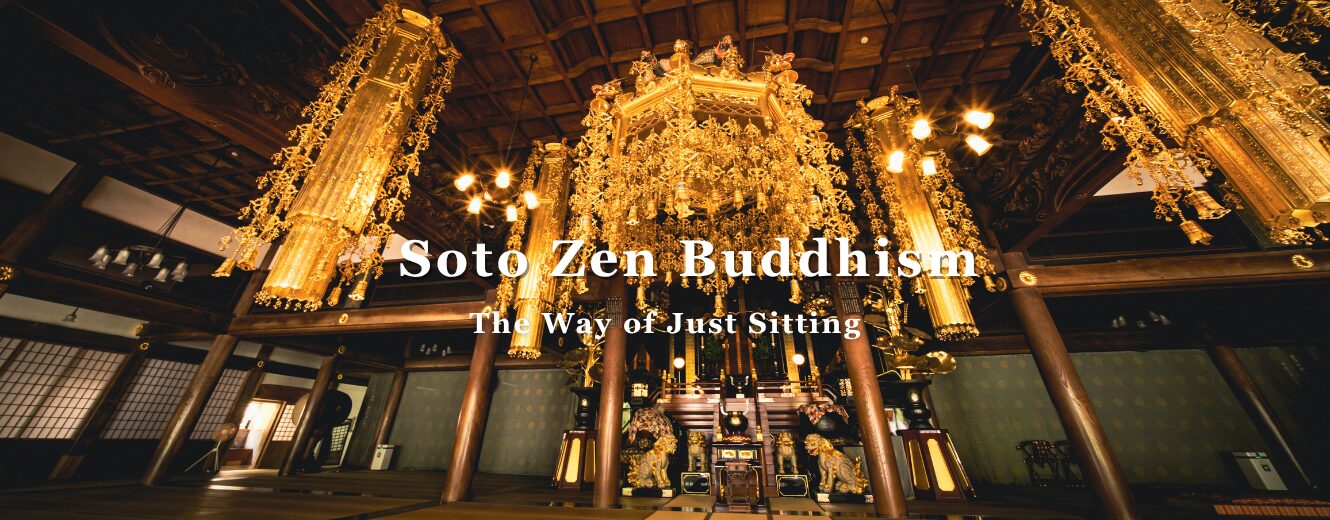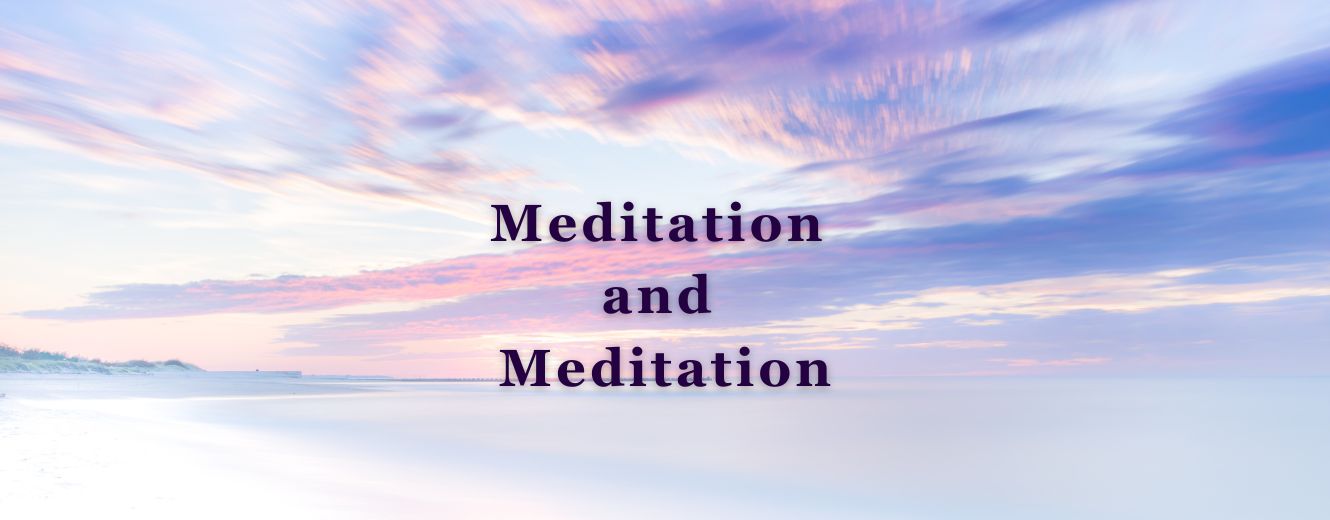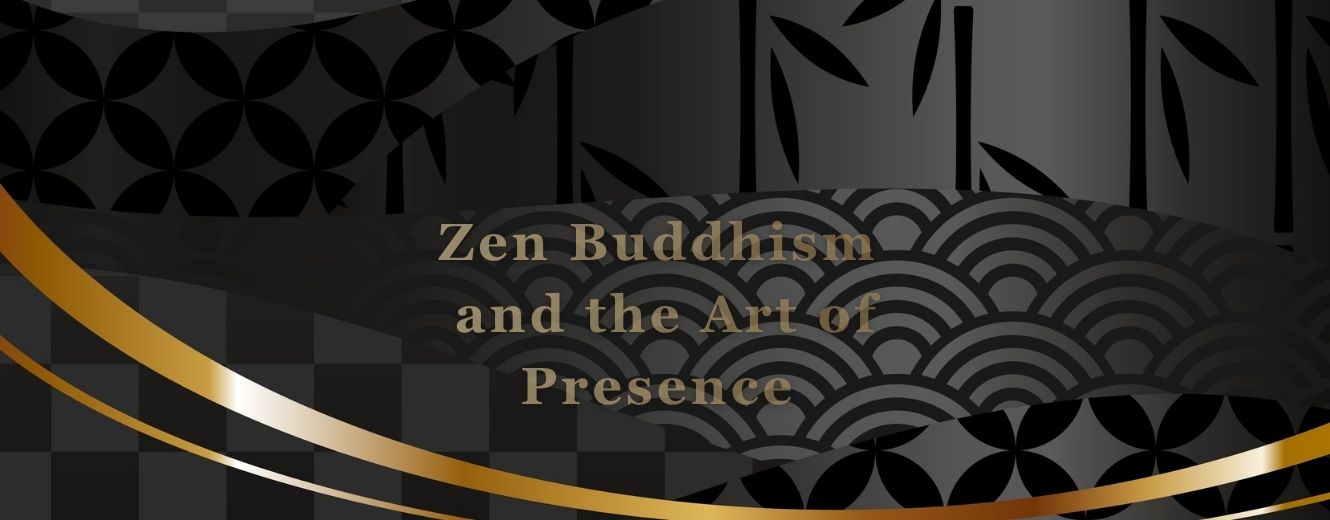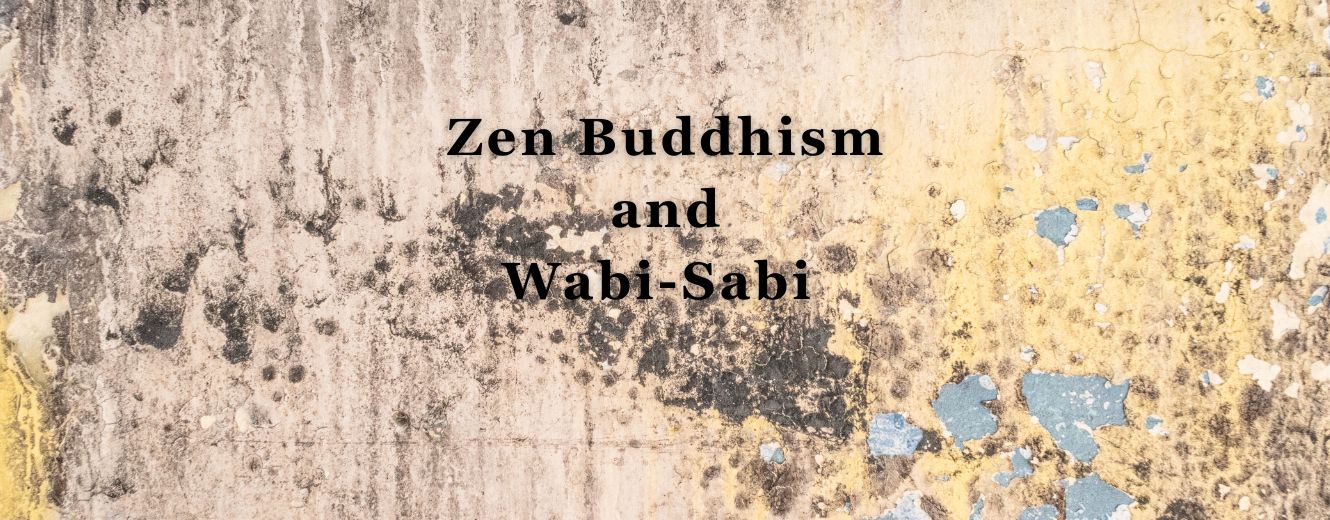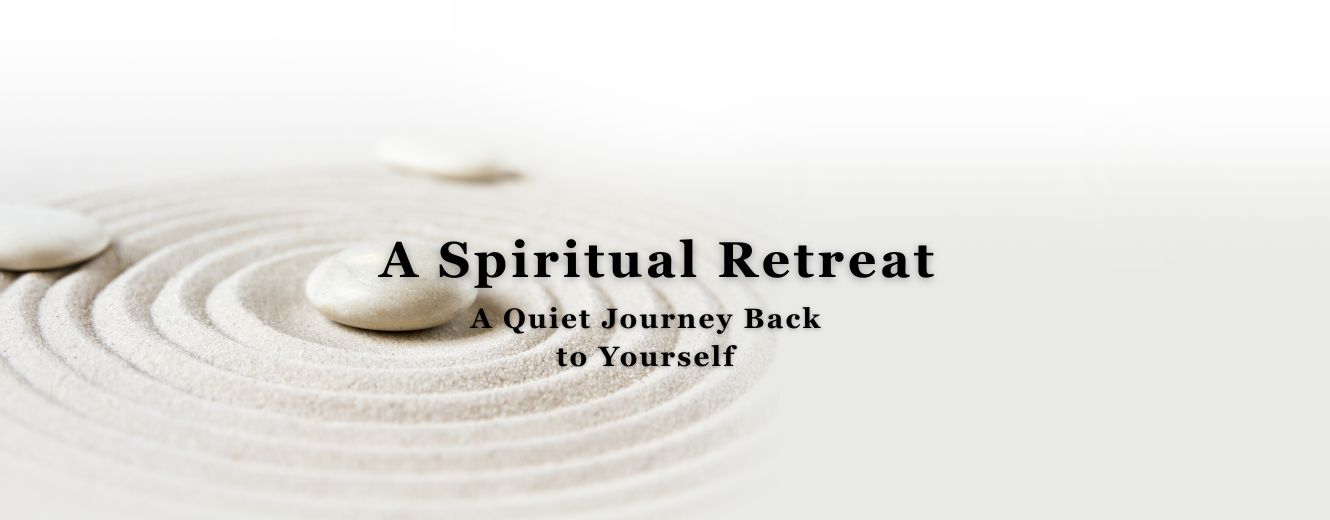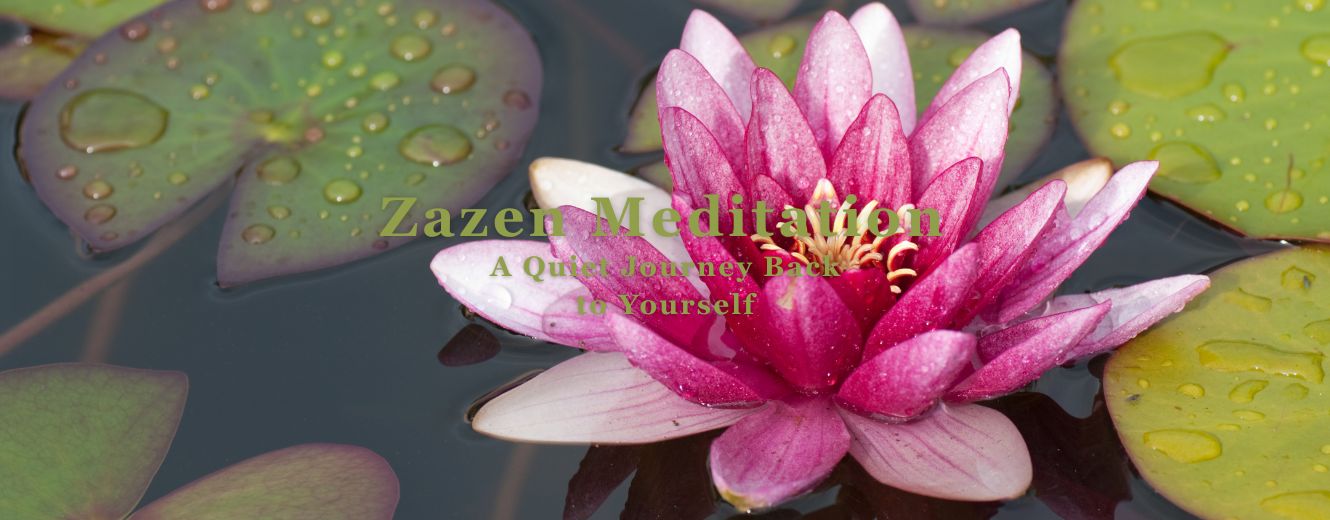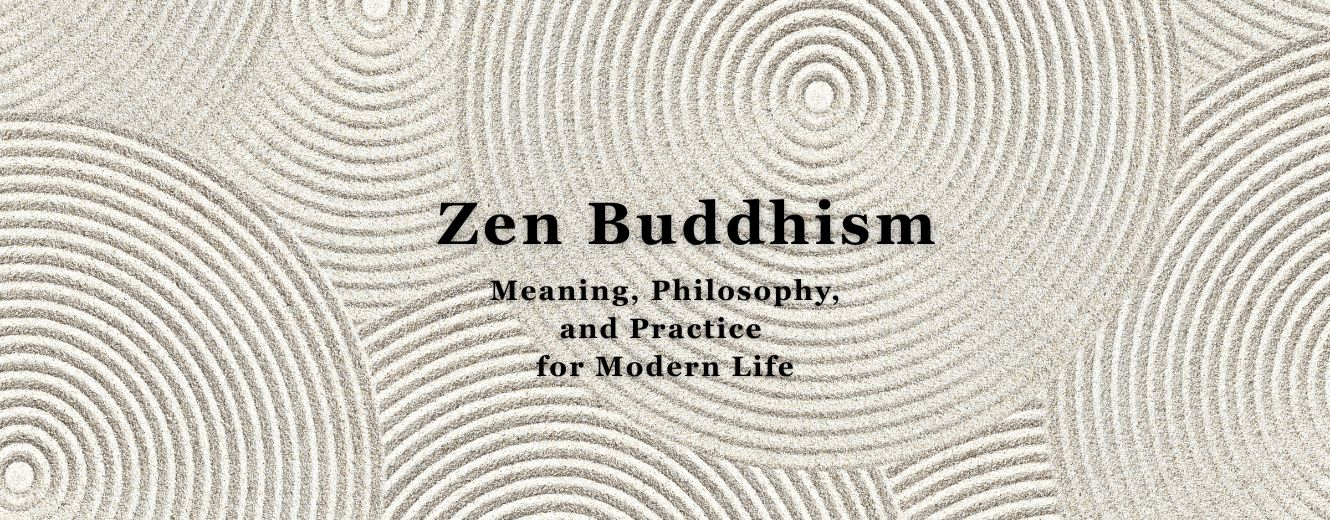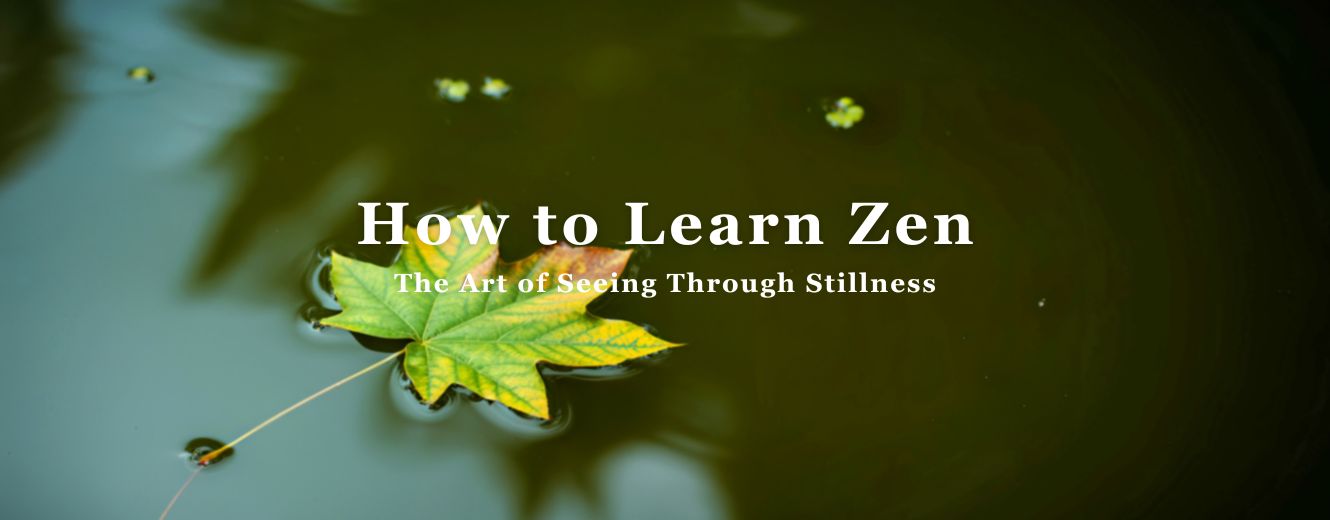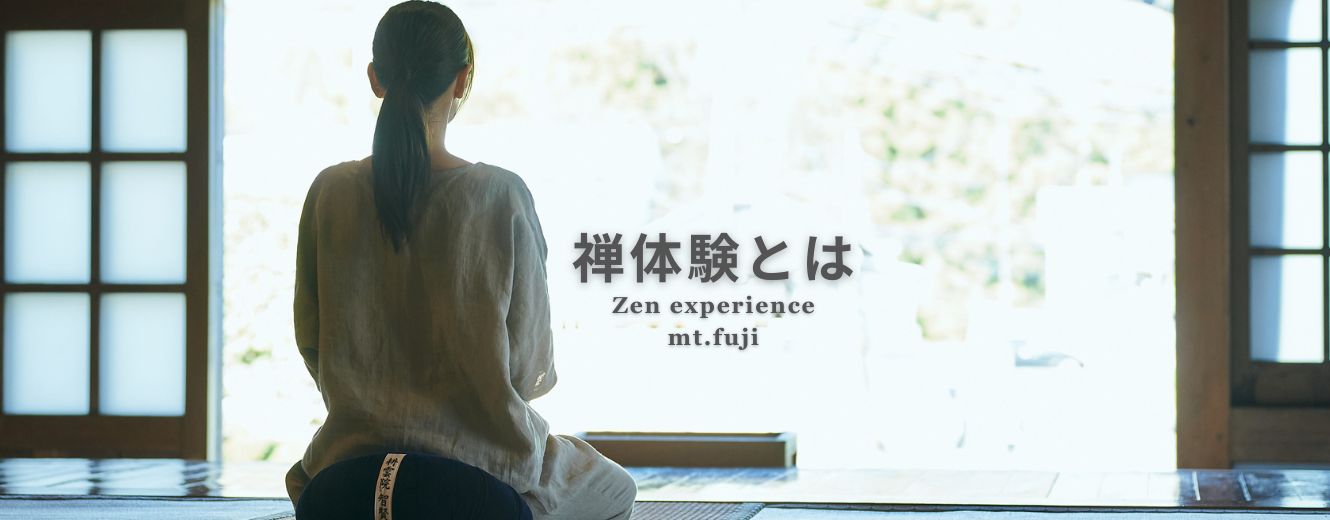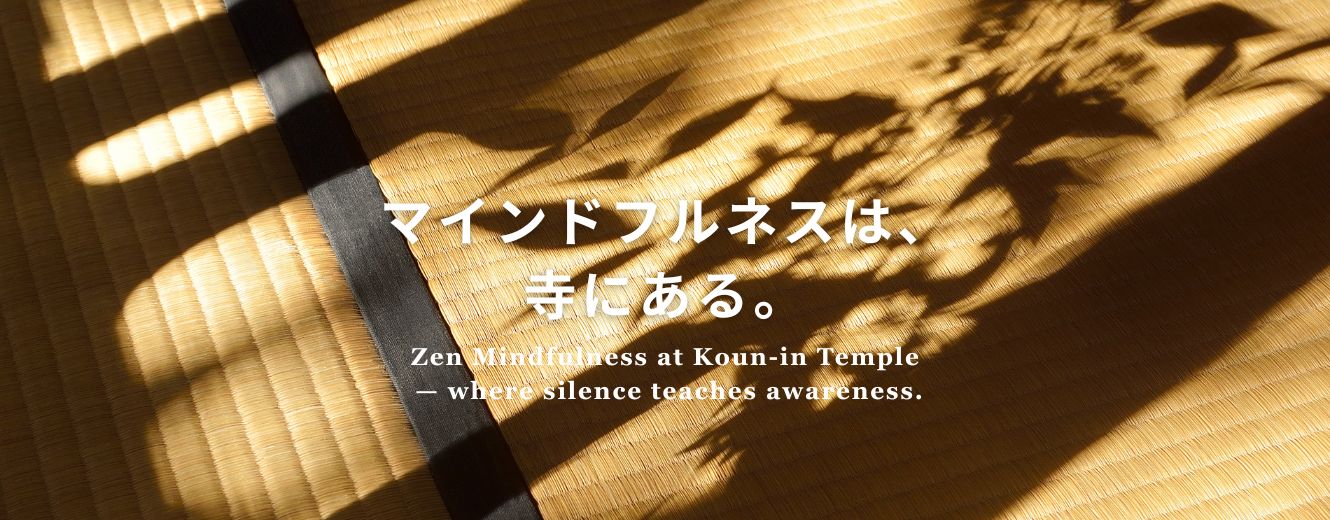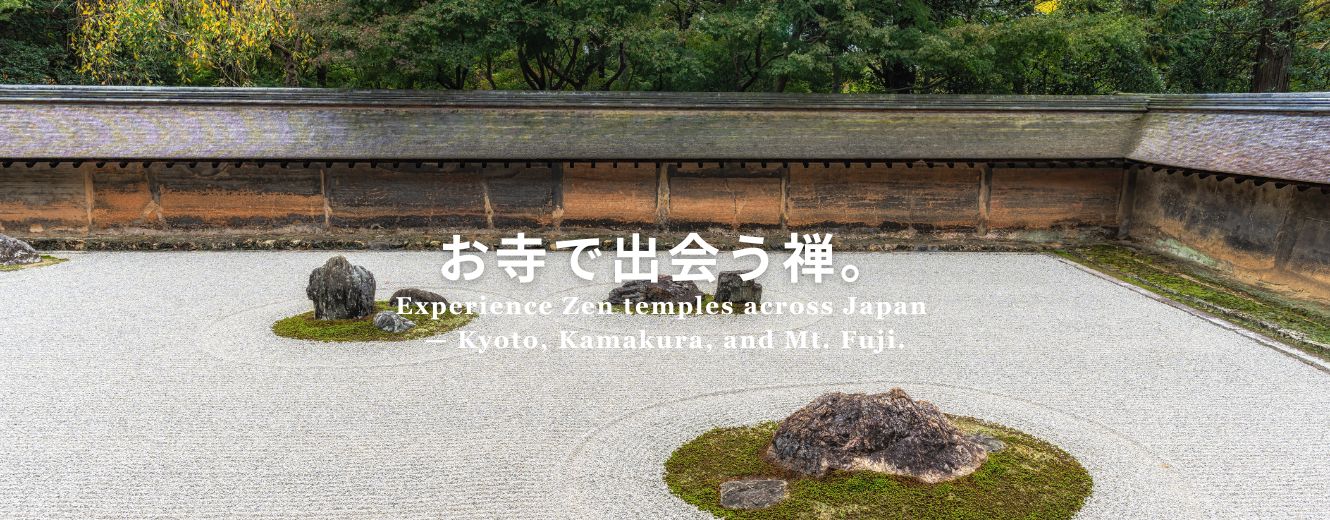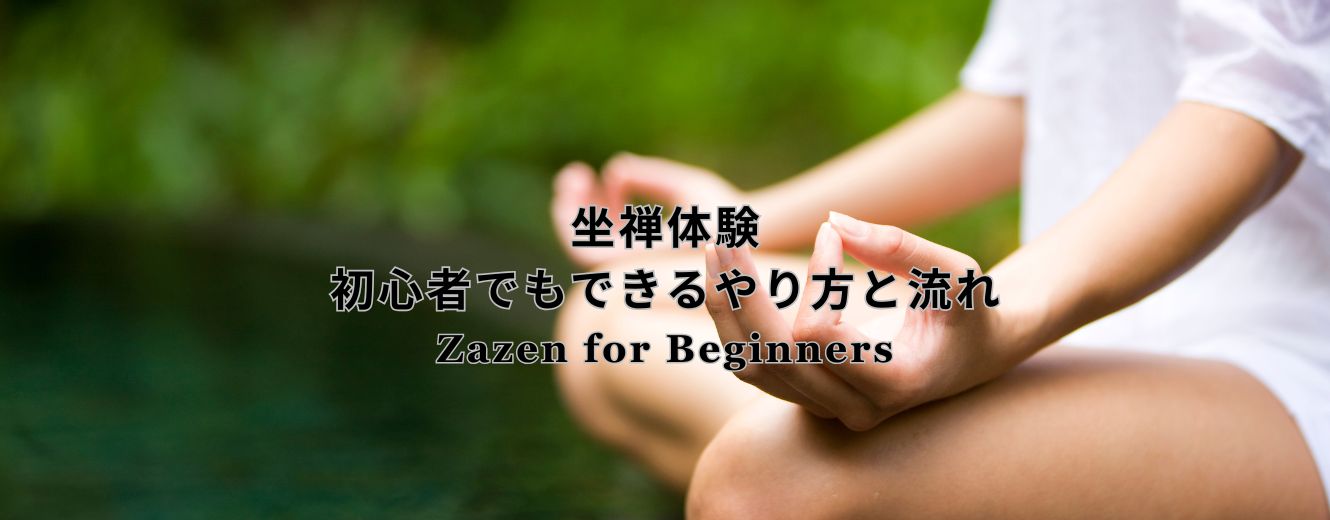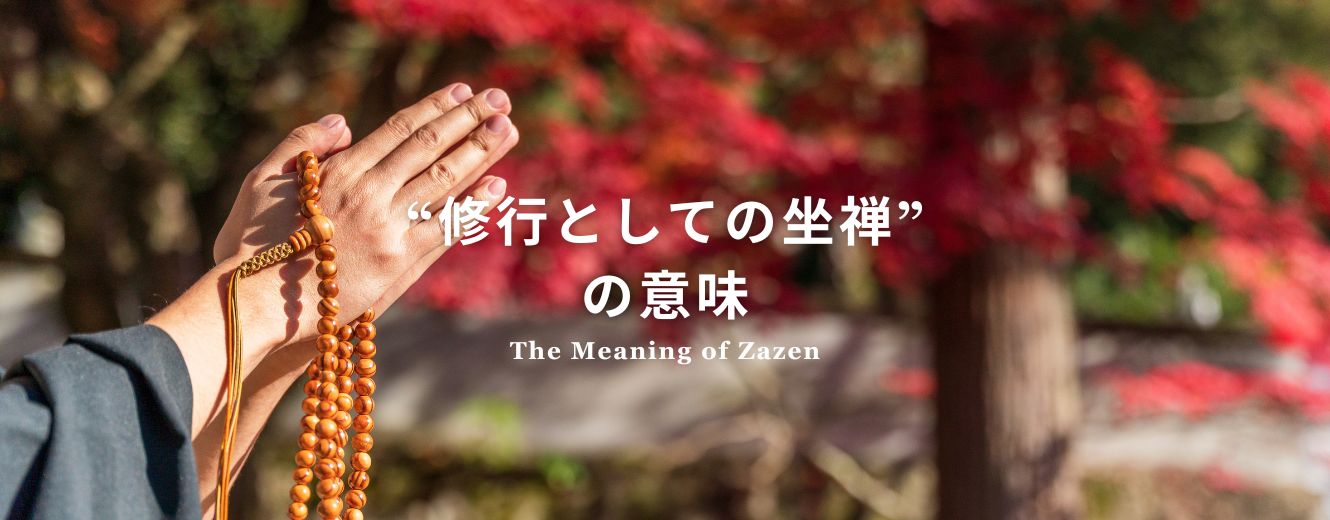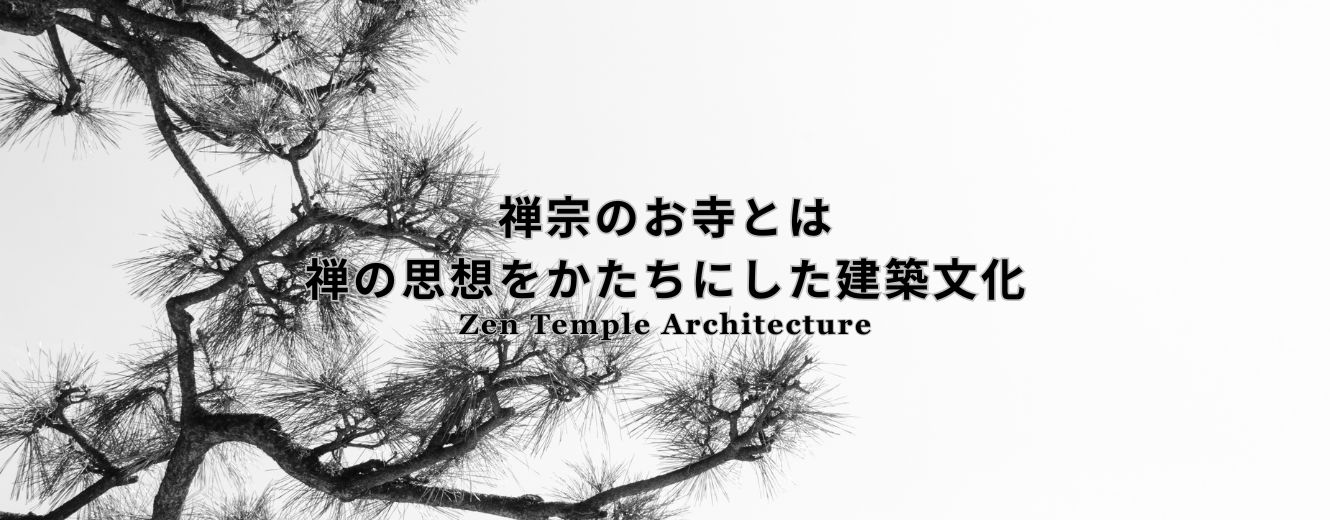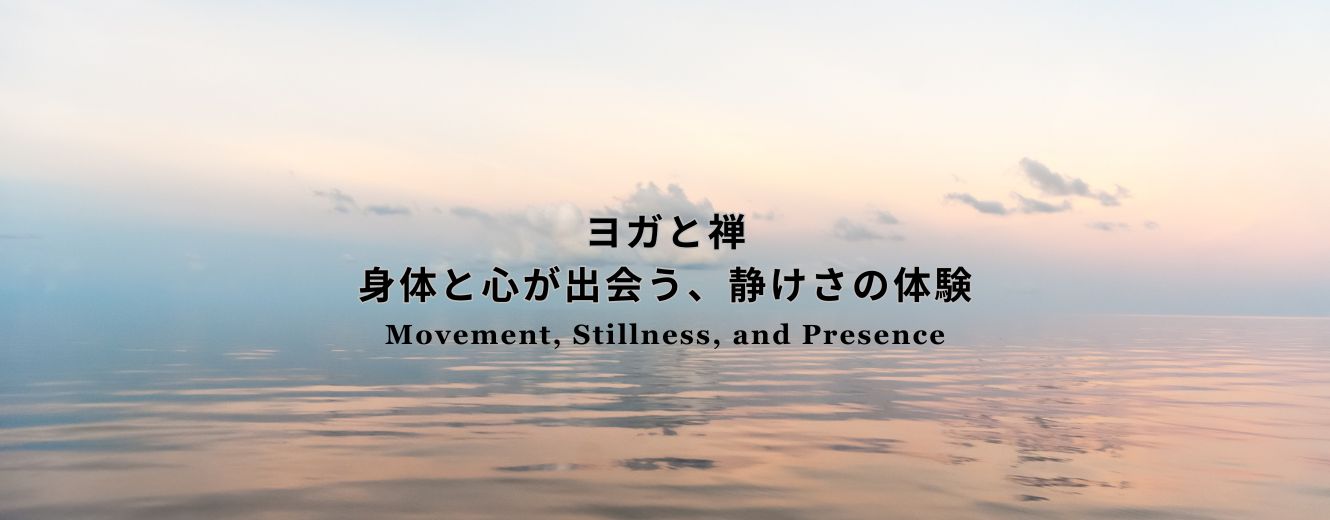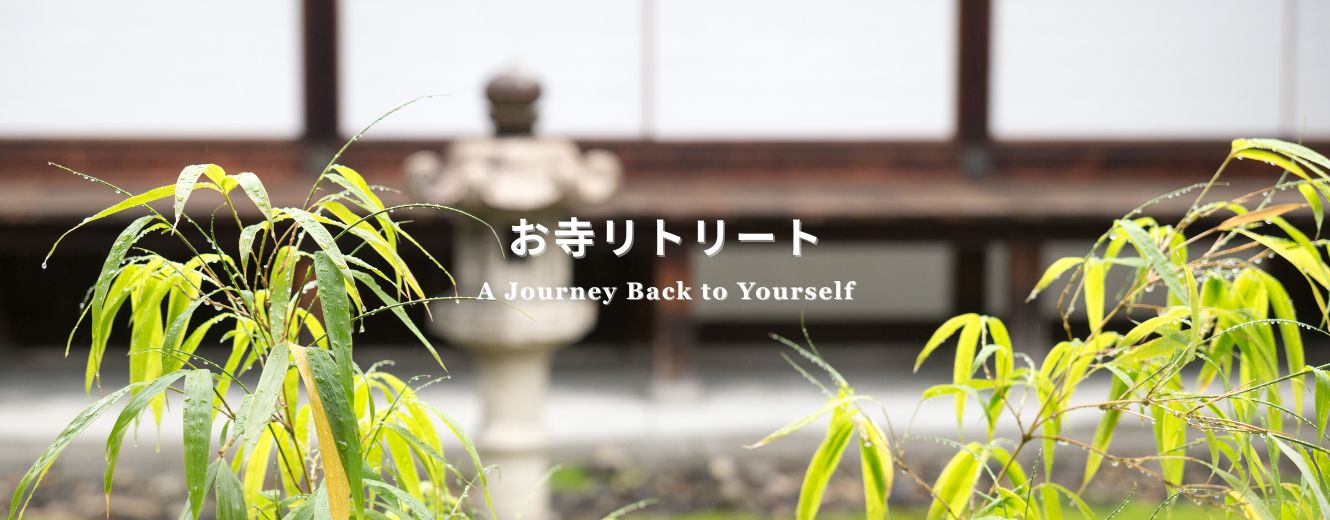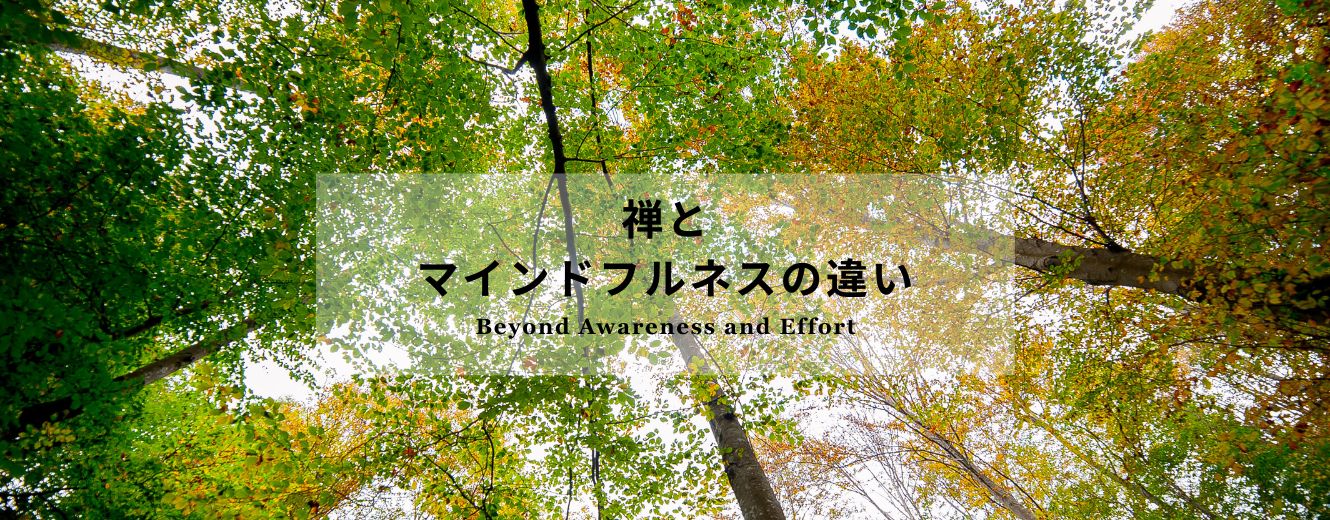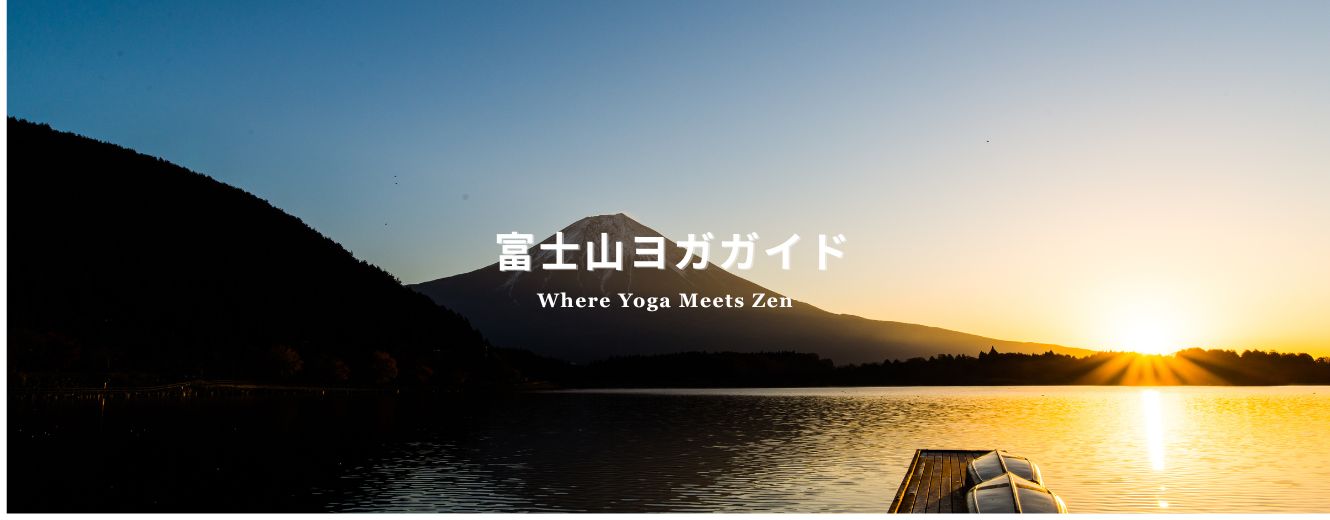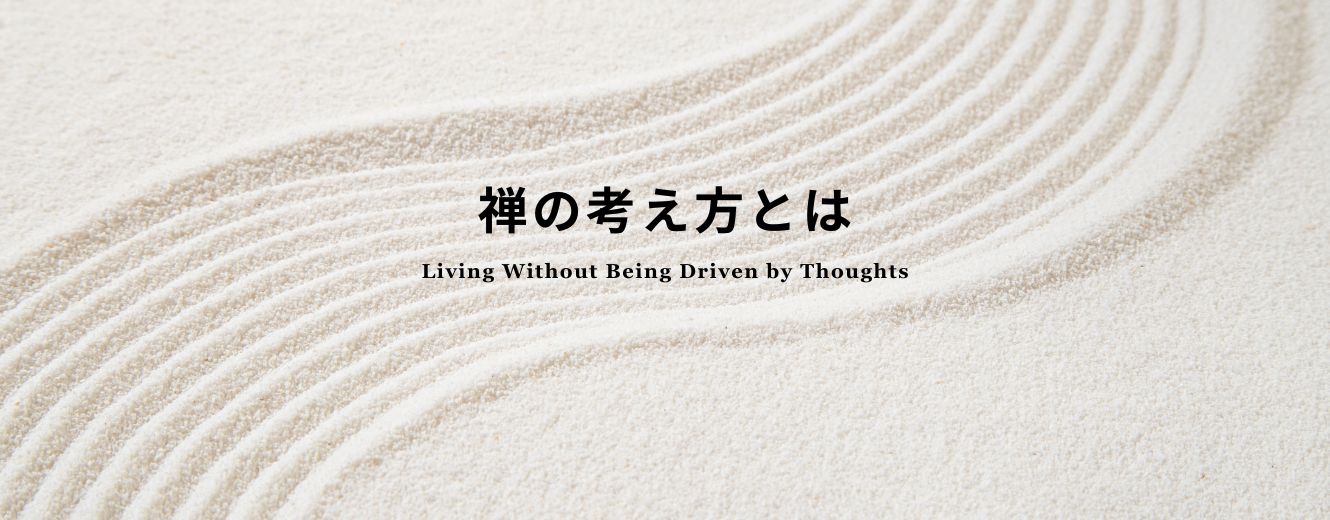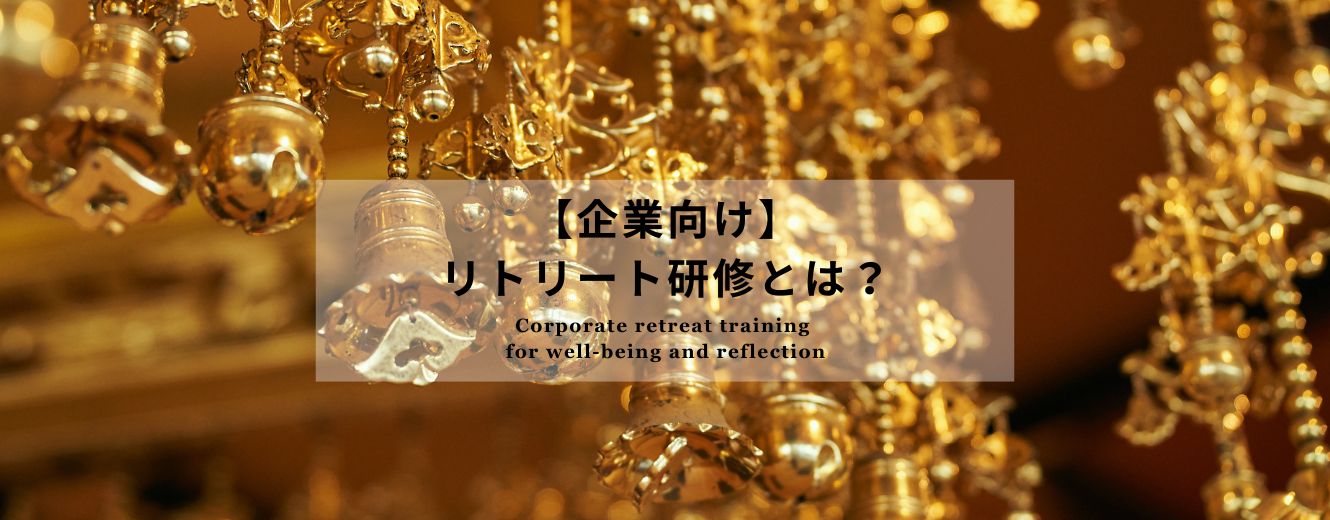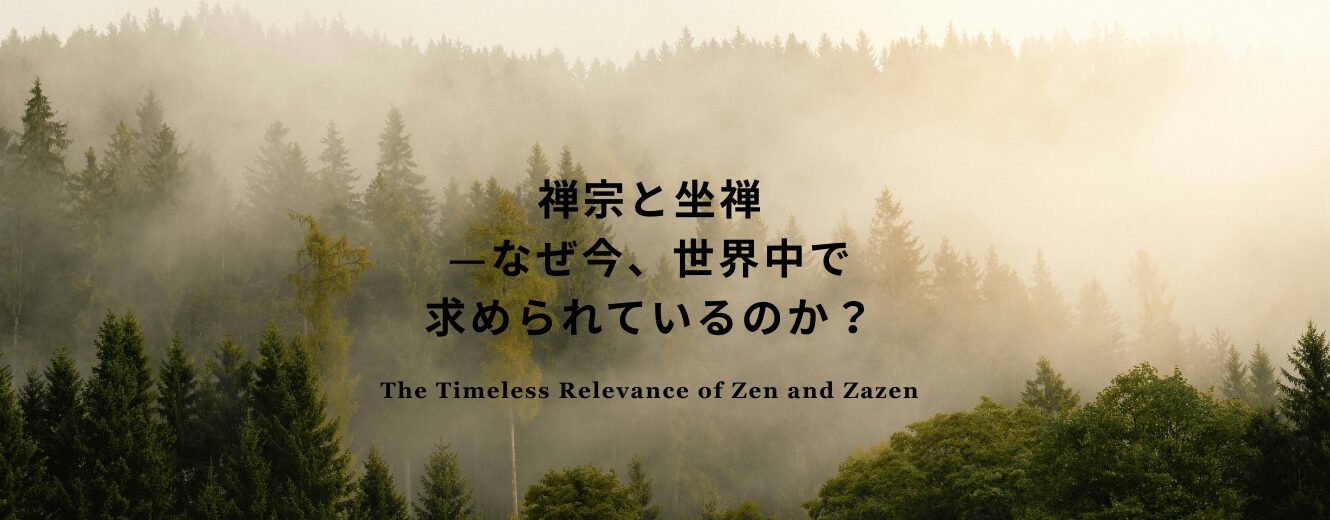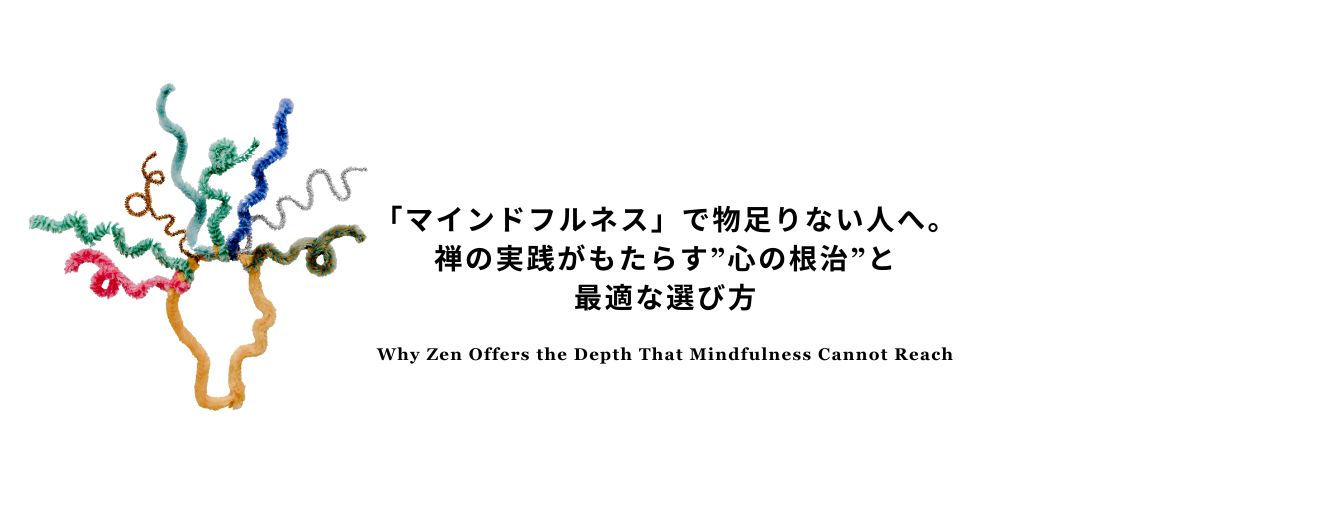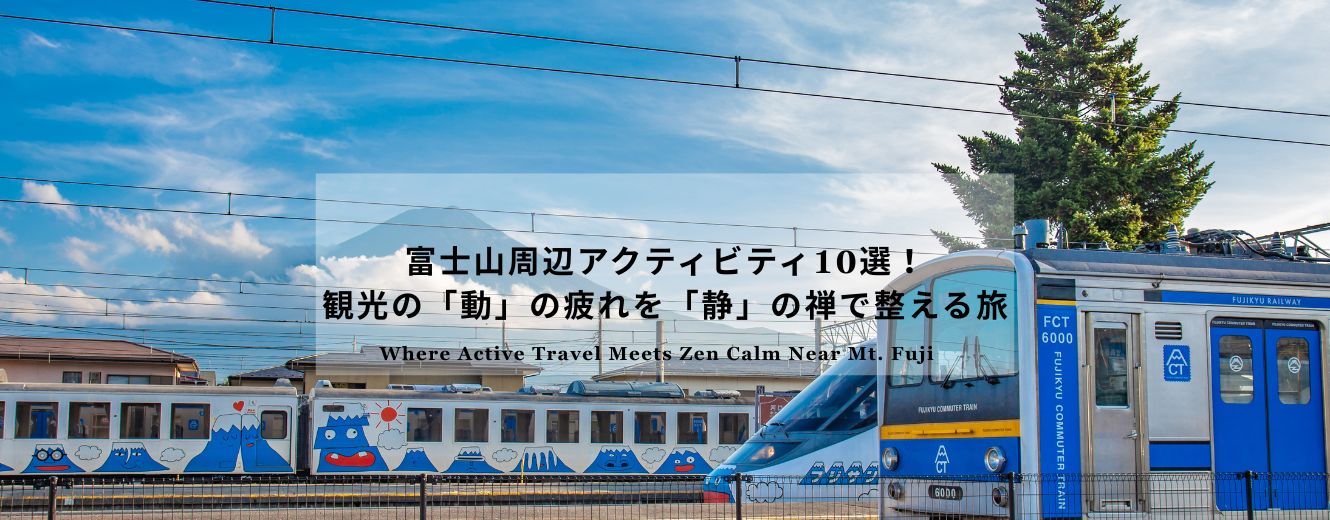Things to Do Around Mt. Fuji — Iconic Views & Hidden Gems Off the Beaten Path
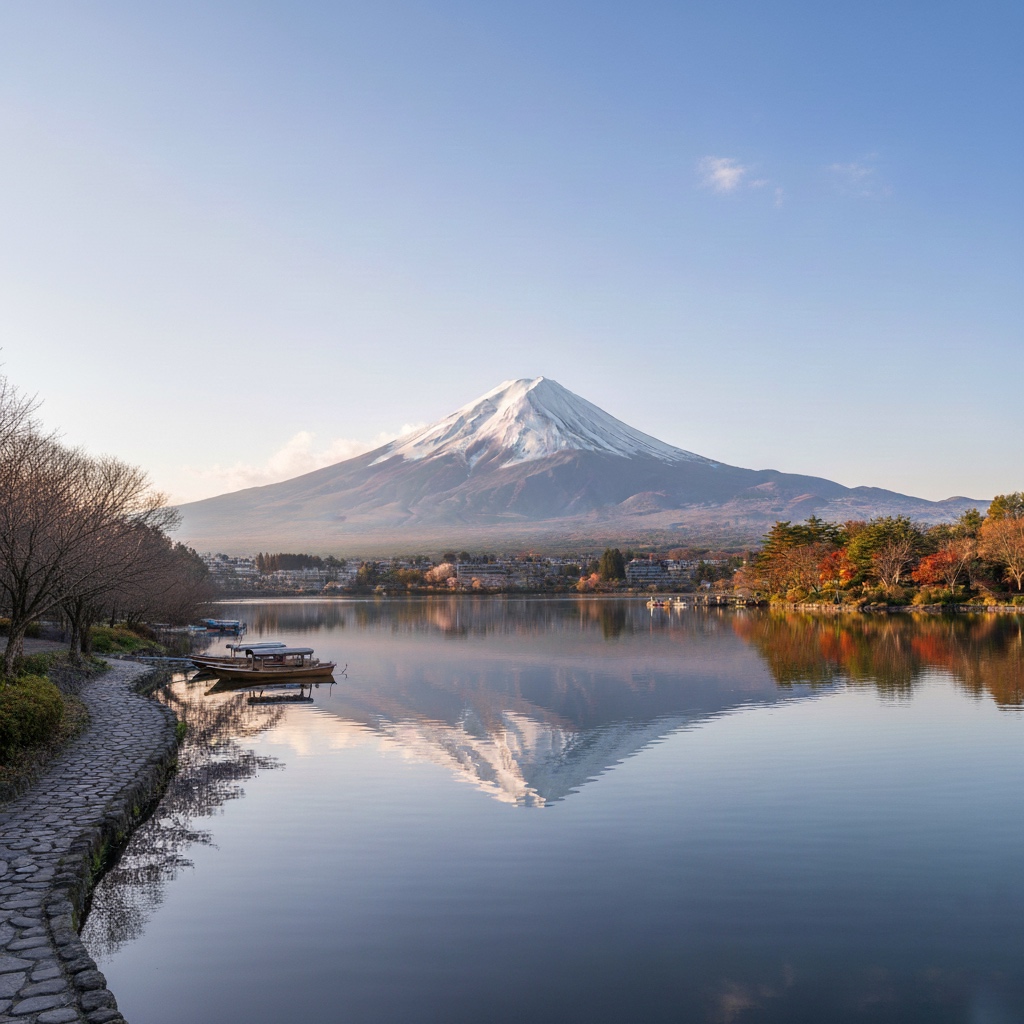 Mount Fuji, with its snow-capped peak and perfect symmetry, is one of Japan’s most iconic landscapes.
Mount Fuji, with its snow-capped peak and perfect symmetry, is one of Japan’s most iconic landscapes.
For many travelers, seeing this majestic mountain is the highlight of their trip.
But beyond the famous views, the region holds countless treasures: breathtaking scenery, cultural heritage, and opportunities to pause, reflect, and reset.
In this guide, I’ll first introduce the must-see classic spots.
Then, I’ll take you a little further—toward hidden gems around Mt. Fuji where crowds fade away and authentic Japanese culture still thrives.
Like the pilgrims of old, who paused to purify their hearts before approaching the sacred peak, you too can step off the tourist trail and discover a quieter, deeper side of Mt. Fuji.
Iconic Mt. Fuji Views You Can’t Miss
Even as a monk living near Mt. Fuji, I never tire of its changing faces.
With every season and every hour of the day, the mountain reveals something new.
Lake Kawaguchiko
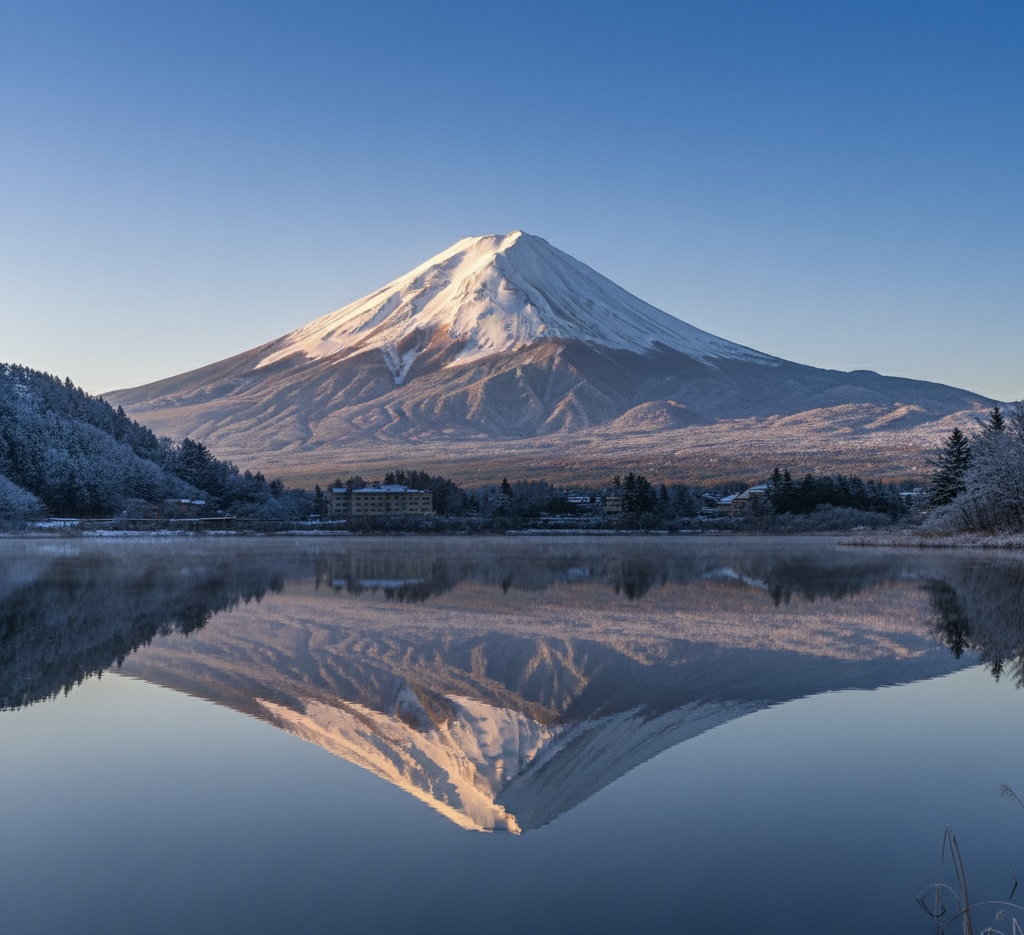
Among the Fuji Five Lakes, Kawaguchiko is perhaps the most beloved.
On still mornings, the lake mirrors the mountain in perfect symmetry—the famous “upside-down Fuji.”
Along the lakeshore, parks and museums invite you to enjoy flowers, art, and the mountain’s shifting moods.
Oshino Hakkai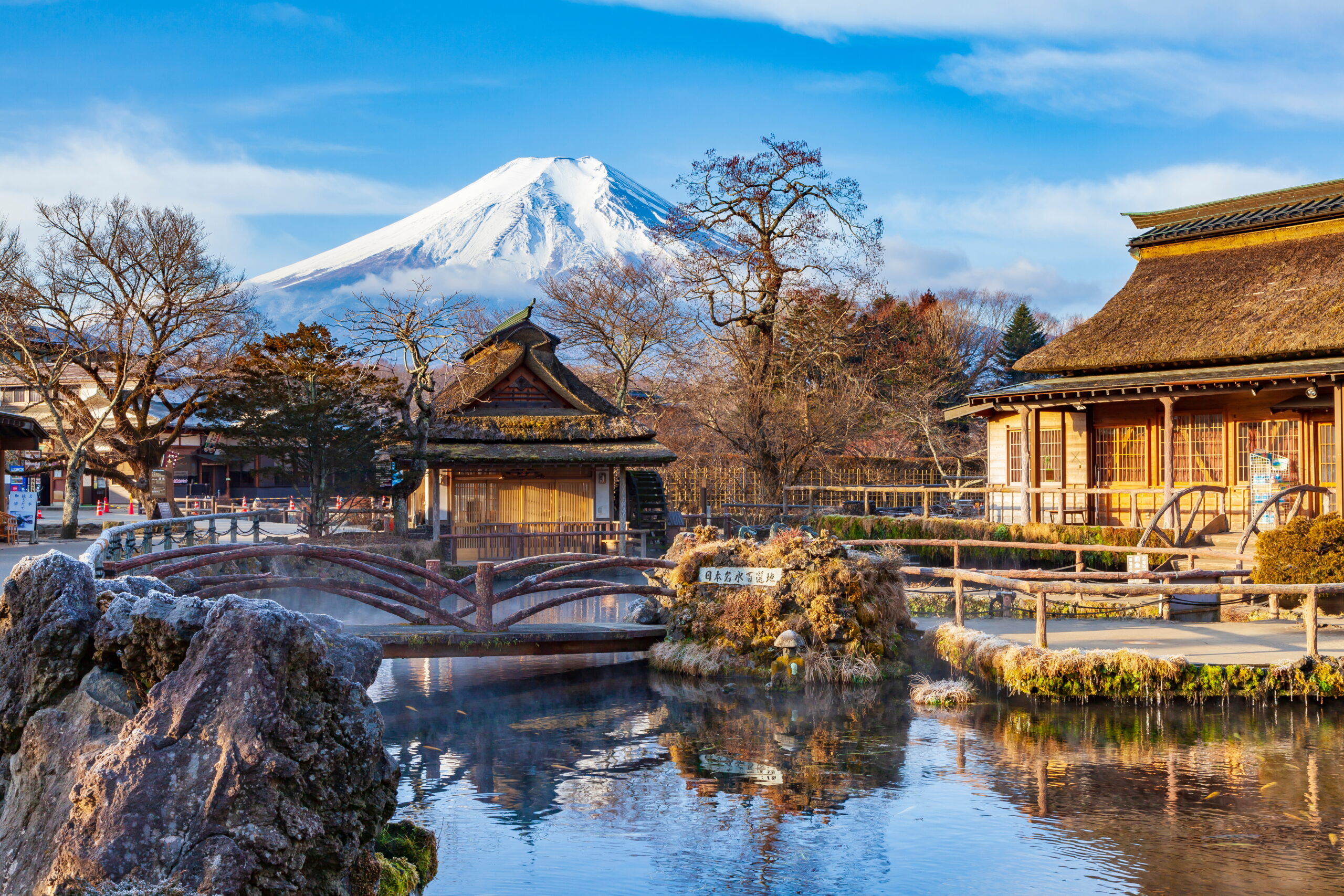
Fed by Fuji’s snowmelt, these eight crystal-clear ponds have formed over centuries.
Looking into the water, where thatched farmhouses and the mountain reflect together,
feels like stepping back into old Japan. There is a Zen saying:
“When the water is clear, the moon appears.”
Here, too, clarity brings quiet insight.
Chureito Pagoda (Arakurayama Sengen Park)
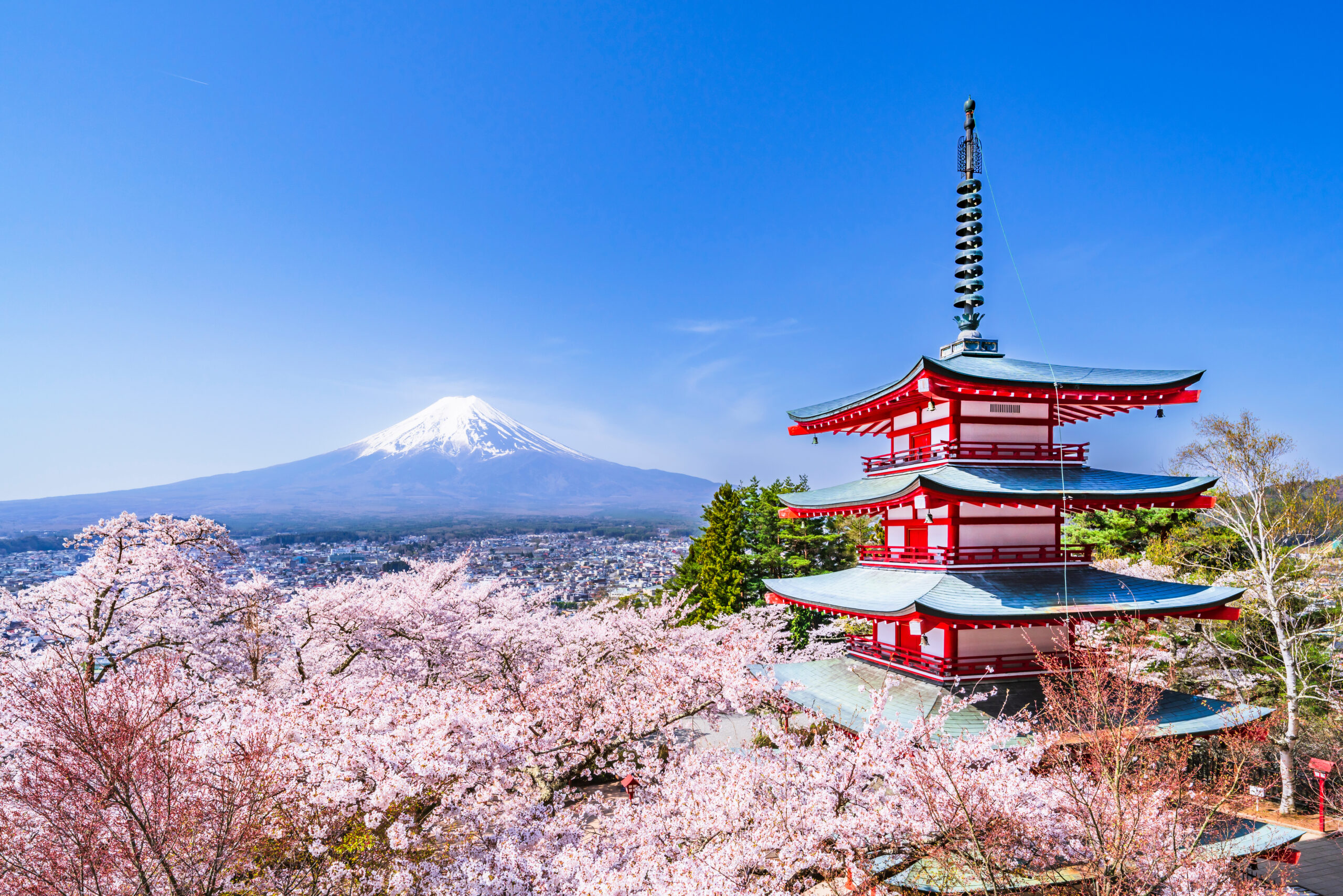
A five-story pagoda, framed by cherry blossoms or autumn leaves, with Mt. Fuji rising behind it—
this is one of the most photographed views in Japan. Yes, it’s busy, but some sights are worth braving the crowds.
👉 Curious about the history of Japanese temples? See our guide toZen Buddhism temples in Japan
Off the Beaten Path — Hidden Gems Near Mt. Fuji
While the famous viewpoints are unforgettable, they are often crowded.
To deepen your journey, step away from the tourist buses and explore off-the-beaten-path destinations near Mt. Fuji.
A Pilgrim’s Rest: Tsuru City
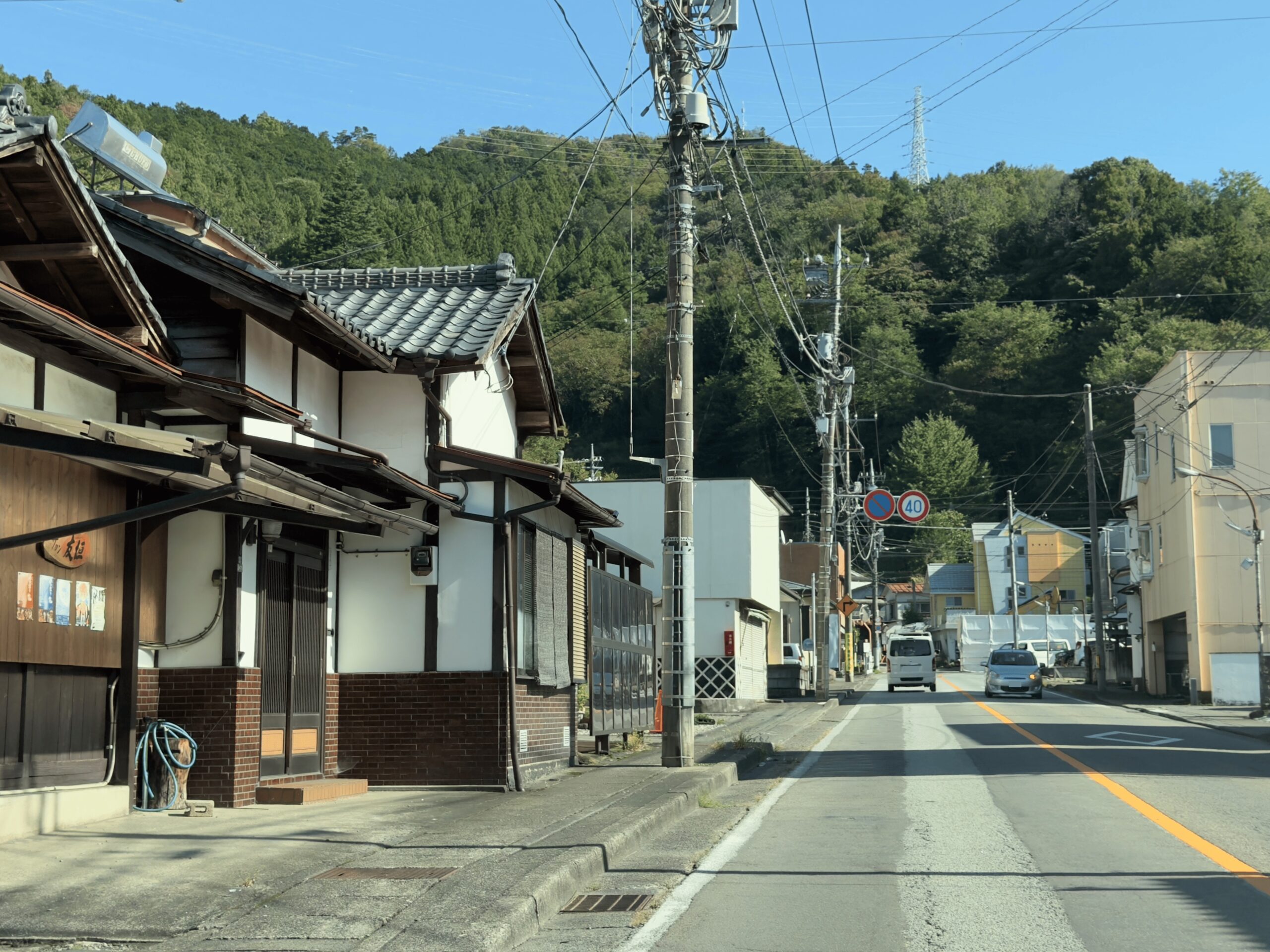 Just 15 minutes by train from Mt. Fuji Station, Tsuru City was once a resting point on the historic Fuji-michi pilgrimage route.
Just 15 minutes by train from Mt. Fuji Station, Tsuru City was once a resting point on the historic Fuji-michi pilgrimage route.
For centuries, travelers paused here to cleanse their bodies and minds before approaching the sacred mountain.
Today, the town still carries that quiet, contemplative atmosphere—making it one of the hidden gems of the Fuji region.
Museum Tsuru — Hokusai’s Festival Masterpiece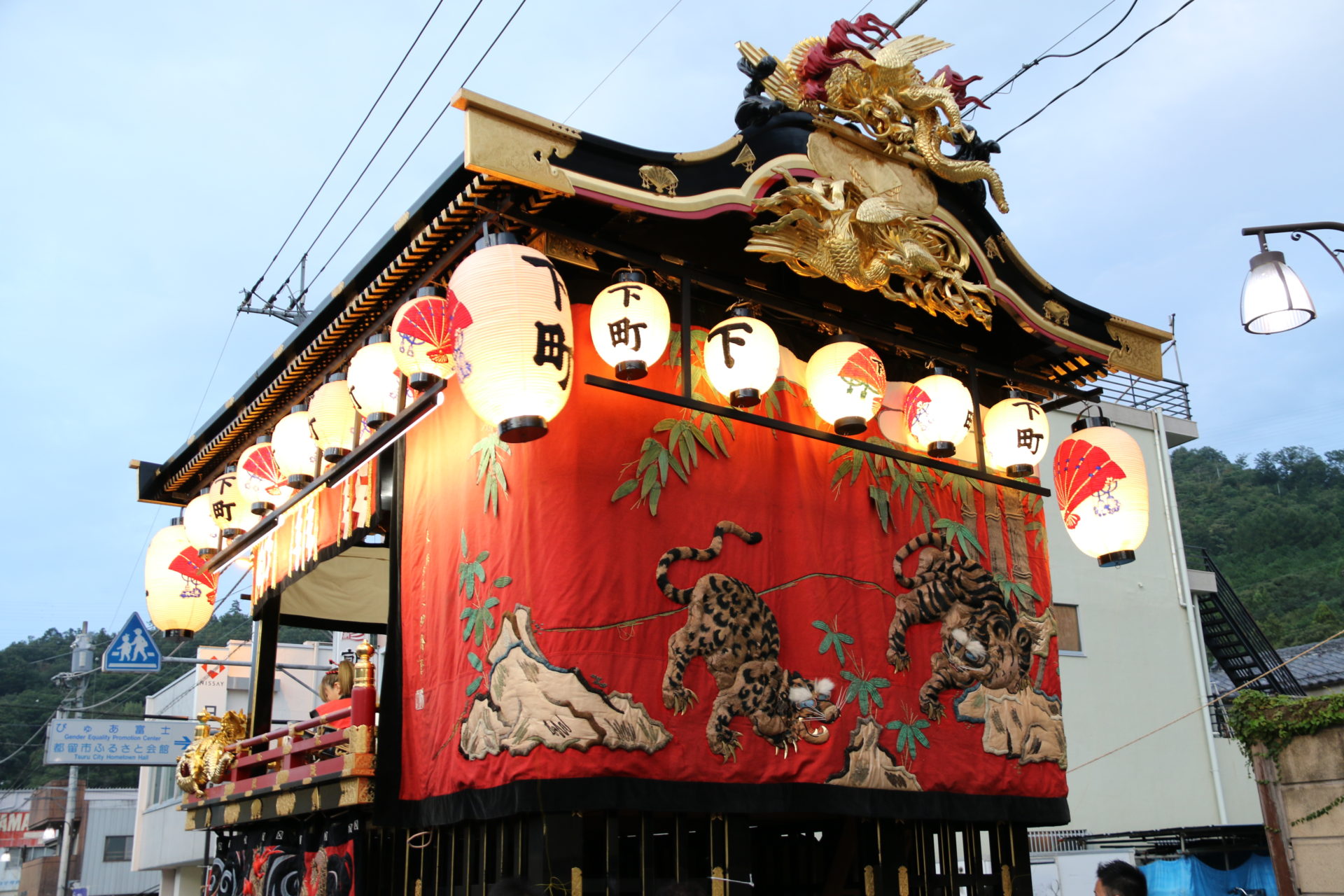
Tsuru also holds a cultural treasure few travelers know about.
The small, uncrowded Museum Tsuru preserves festival banners designed by the great ukiyo-e master Katsushika Hokusai. Unlike Tokyo’s crowded museums, here you can admire Hokusai’s brushwork in peace.
These massive banners were actually used in the city’s annual Hassaku Festival—proof of how art and faith intertwined in local life.
Taro & Jiro Waterfalls — Silence in Nature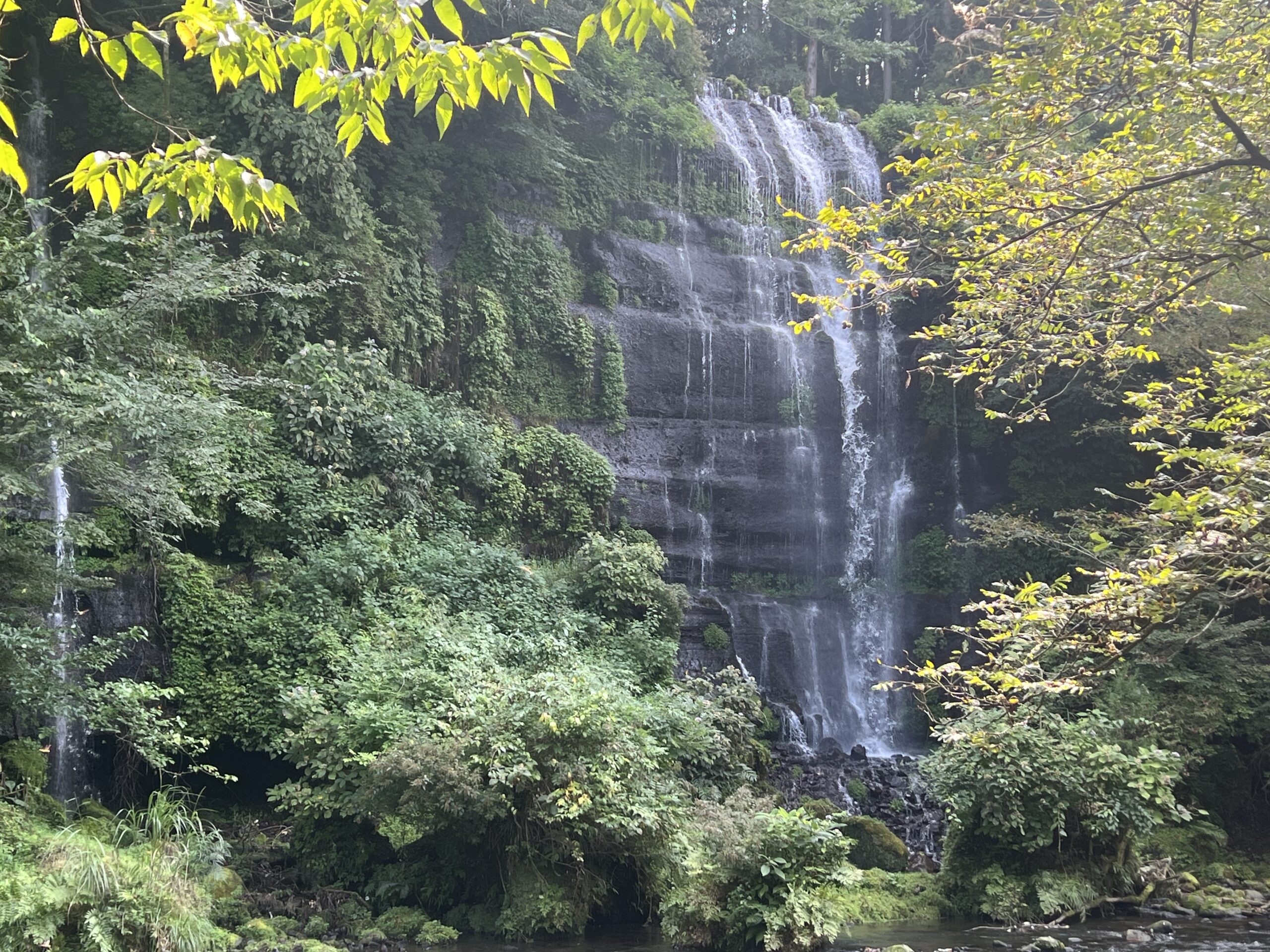
Behind Koun-in Temple, two small waterfalls flow with spring water from Mt. Fuji. Their gentle sound fills the forest with calm.
Standing here, you understand why pilgrims once stopped to breathe and reset before continuing their journey.
A Cultural Retreat — Zen at Koun-in Temple near Mt.fuji 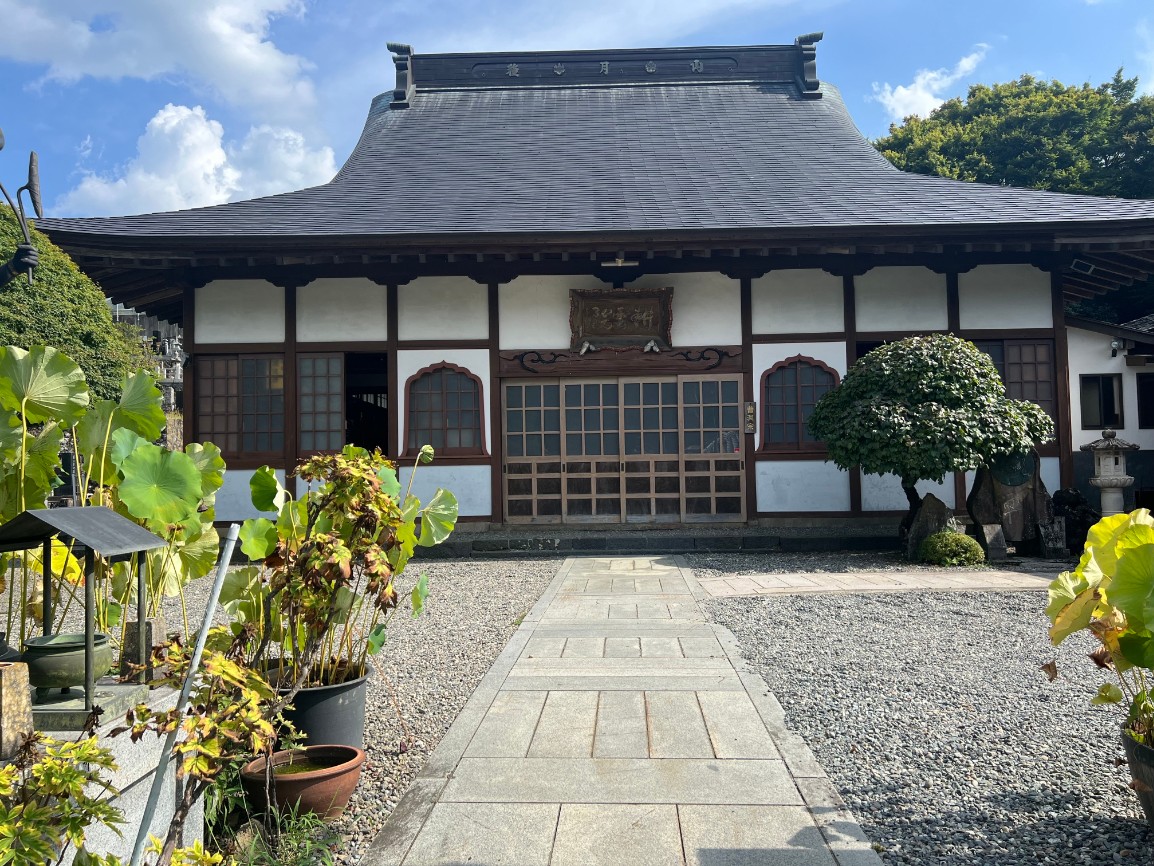
At the heart of Tsuru lies Koun-in Temple, founded in 1398. For centuries, pilgrims came here to prepare themselves spiritually before climbing Fuji. Today, we carry that tradition forward through a 3–4 hour Zen retreat program designed for modern travelers.
The retreat is authentic yet welcoming. Many participants say it feels less like attending a program and more like being warmly invited into a temple family.
👉 Learn more about the philosophy behind Zen in ourJapanese Meditation guide
What You’ll Experience
Yoga & Stretching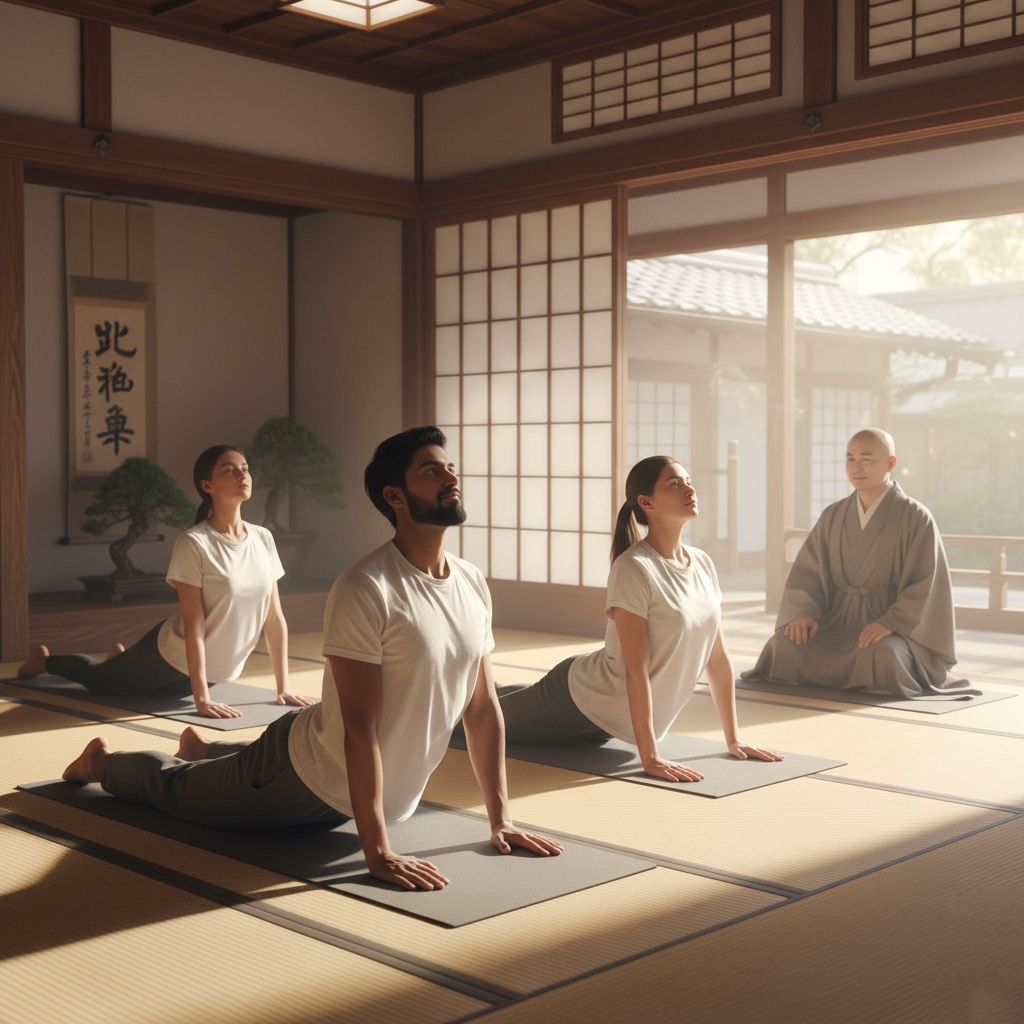
Gentle yoga to loosen the body and harmonize the breath. Even short practices like the Sun Salutation quickly bring warmth, clarity, and ease—preparing you for seated meditation.
Zazen (Seated Meditation)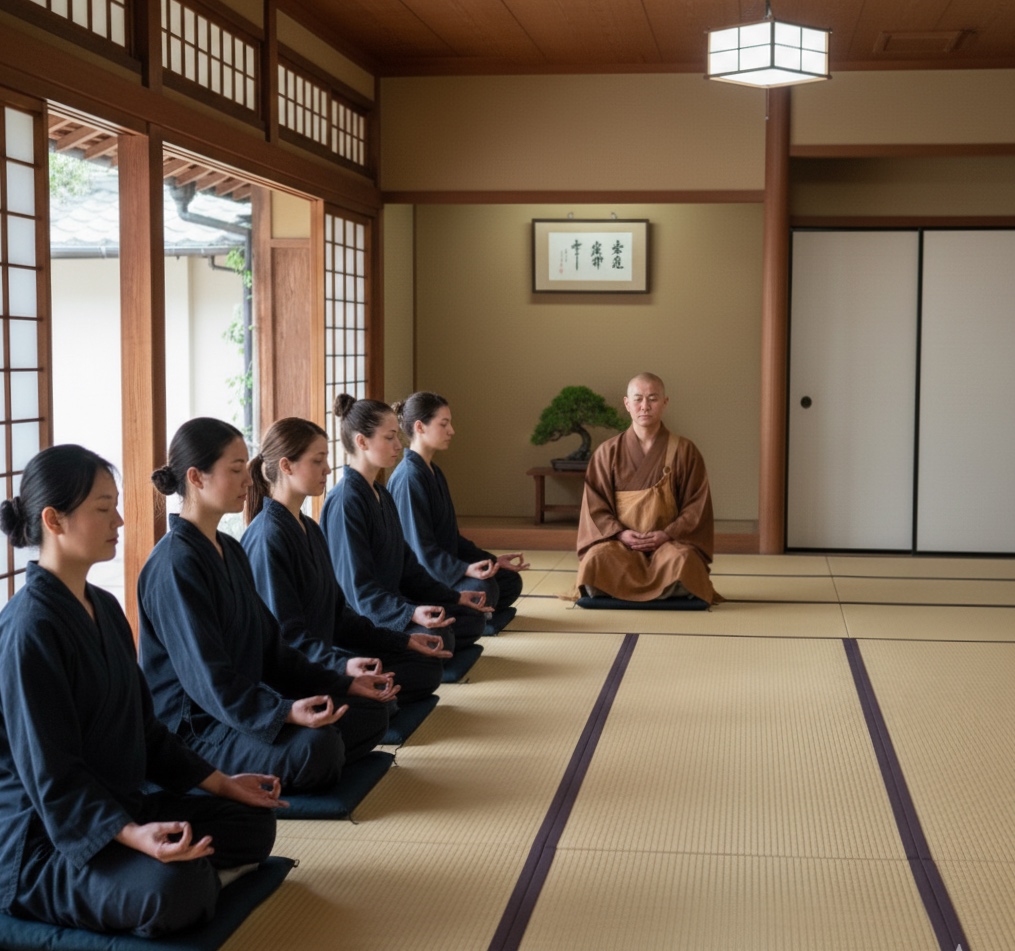
With English guidance, even first-timers can relax into the practice.
Each session lasts 10–15 minutes—just enough to notice how thoughts rise and fall, and how stillness gradually reveals itself.
Sutra Copying (Shakyo)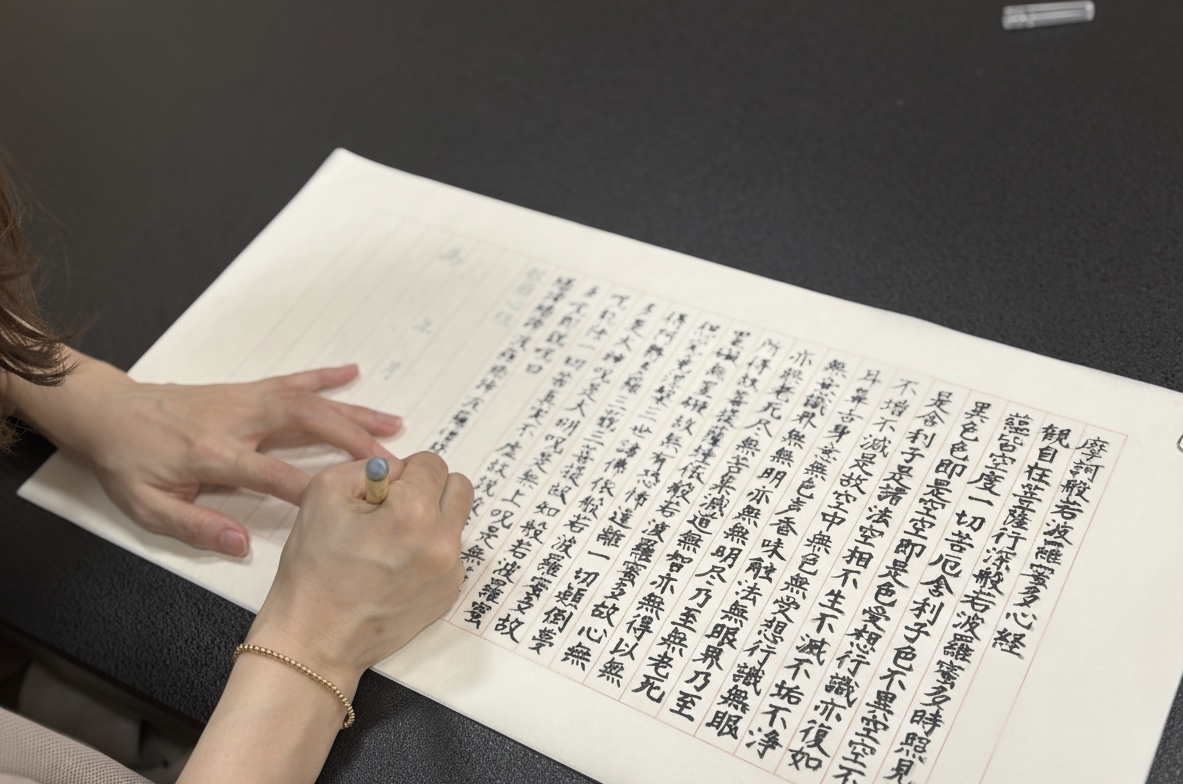
Tracing the Heart Sutra, stroke by stroke, draws you into a meditative rhythm.
Writing it is a way to feel Buddhist teachings with your own hand and heart.
Shojin Ryori (Zen Cuisine)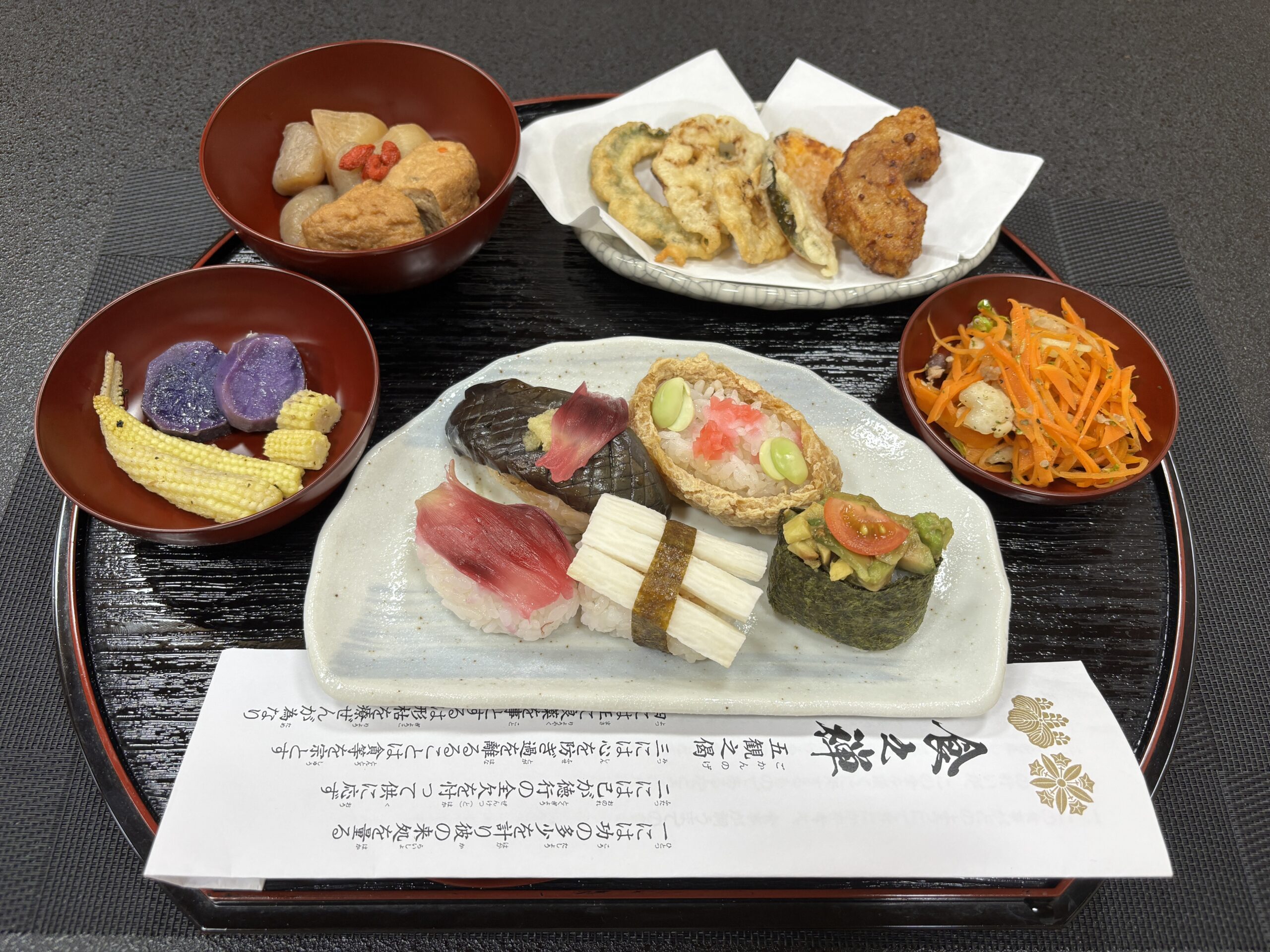
A plant-based meal highlighting seasonal vegetables. Guests are often surprised by its richness and depth of flavor.
Vegan and Halal travelers are welcome.
From Outer Silence to Inner Stillness
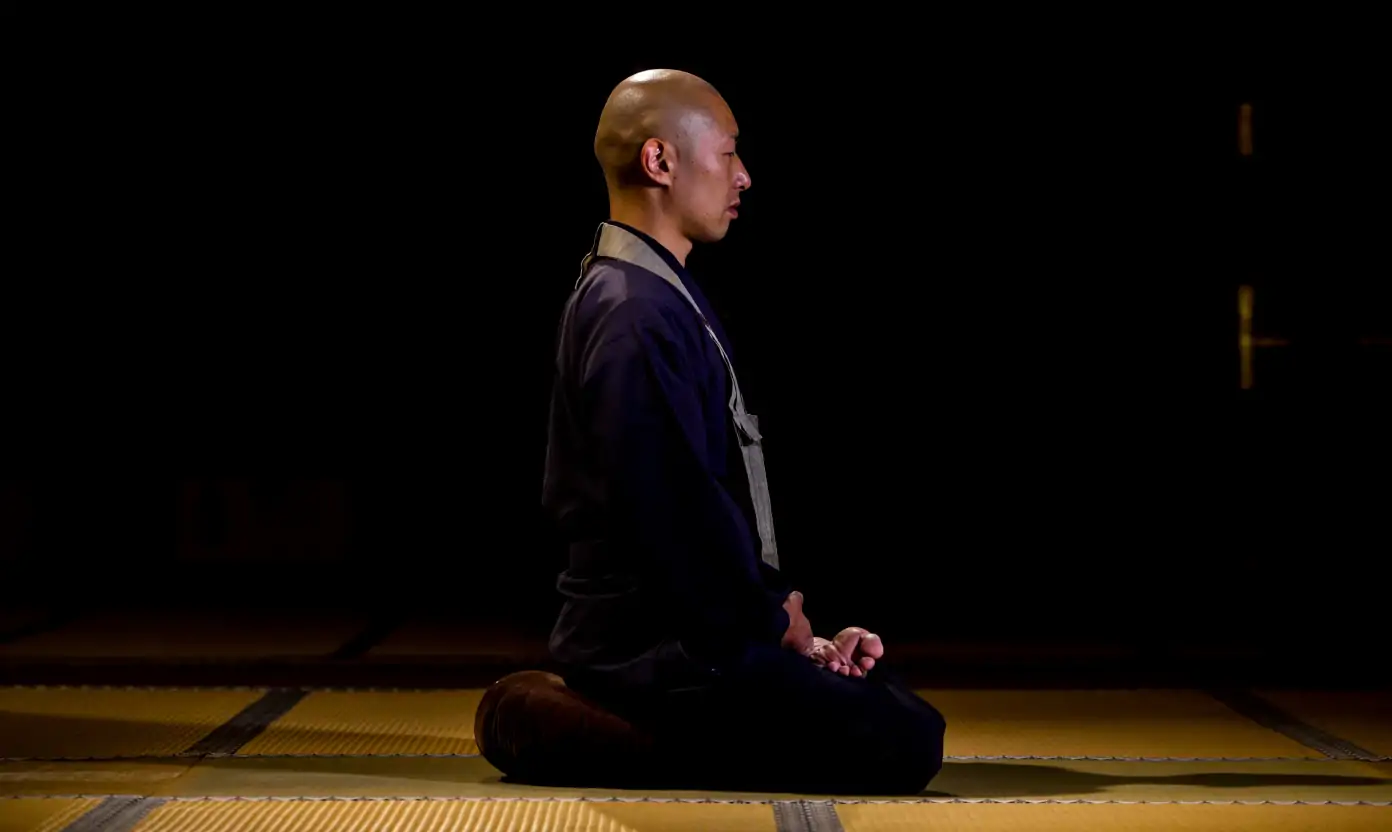
As the vice abbot of Koun-in Temple, I did not always follow the Zen path. In my youth, I was drawn to fashion and surfing, far from temple life. Later, I entered Eiheiji monastery for rigorous training, where zazen transformed me.
Since then, I’ve shared Zen in many forms—through online meditation, community meals, even co-starring in the film Tenzo at the Cannes Film Festival. My goal is to make Zen accessible, meaningful, and alive.
At Koun-in, we welcome you not as tourists, but as companions. By stepping into this quiet space, you may find what countless pilgrims sought before you: the balance to climb your own “inner mountain.”
👉 For more global perspectives, see ourYoga & Meditation Retreats Worldwide guide
Voices From Participants — Zen Retreat Experiences in Japan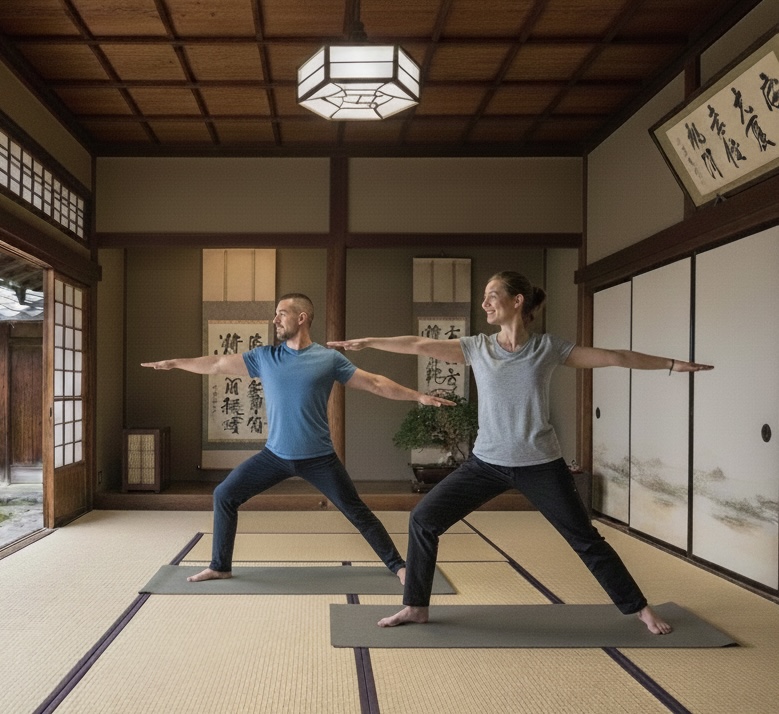
“The meditation retreat in Japan was the highlight of my trip. Sitting quietly near Mt. Fuji gave me peace I had never felt before.”
“More than sightseeing — it felt like stepping into the living spirit of Japanese culture.”
“The combination of yoga and zazen was unforgettable. It helped me experience mindfulness in a new way.”
“We joined as a couple, and sutra copying and temple food made the retreat uniquely Japanese.”
“As a senior traveler, I felt supported. Yoga prepared my body, and meditation gave me renewed energy.”
“As a yoga practitioner, the blend of movement and stillness in an authentic Zen setting was powerful.”
Practical Details
- Duration: 3–4 hours
- Fee: ¥10,000–¥15,000
- Access: 90 min from Shinjuku (Tokyo), 35 min from Lake Kawaguchi, 8 min walk from Higashikatsura Station
- Language: English guidance available
- Booking: Advance reservation required (see official page)
👉 Visit the official page:Koun-in Temple Zen Retreat
Final Thought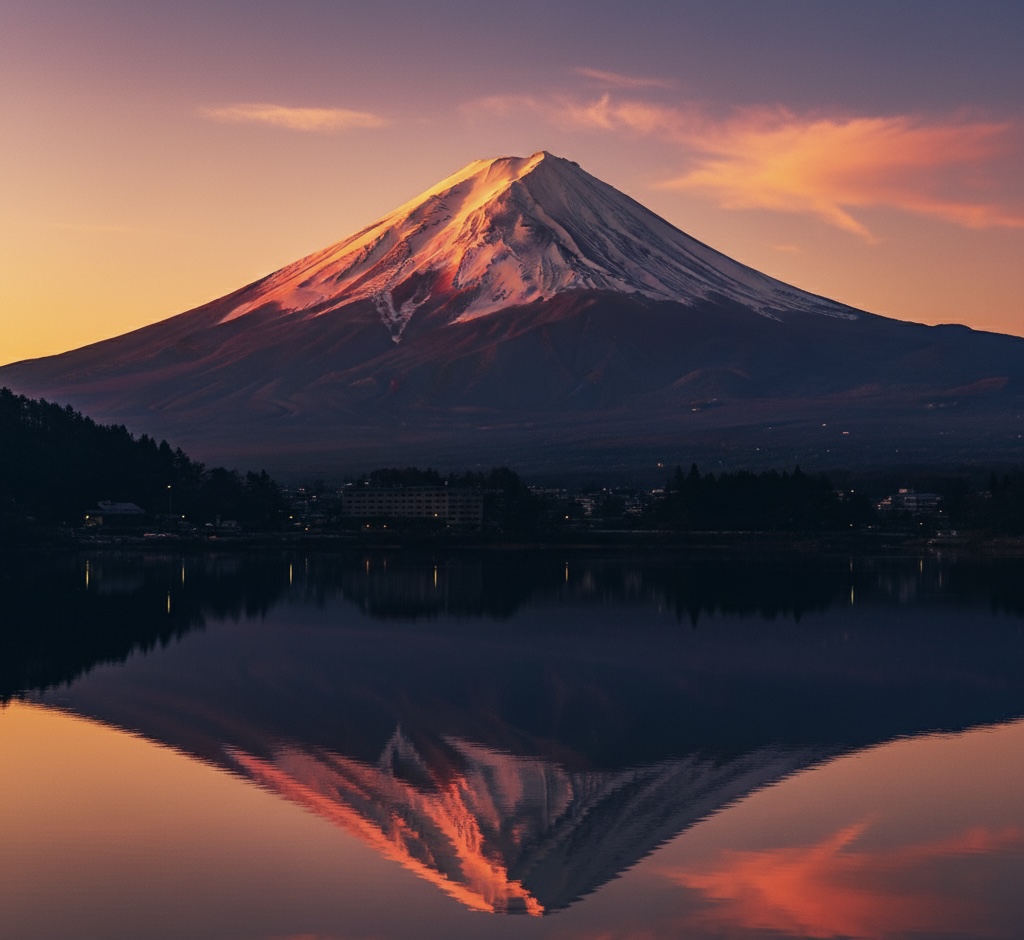
The iconic views of Mt. Fuji are unforgettable—but the hidden gems off the beaten path are what transform a trip into a journey.
Whether it’s waterfalls echoing with silence, Hokusai’s festival banners, or a warm afternoon of Zen practice, these experiences connect you to the living culture of Japan.
I invite you to step beyond the crowds, pause as pilgrims once did, and discover the Fuji that can be felt, not just seen.

